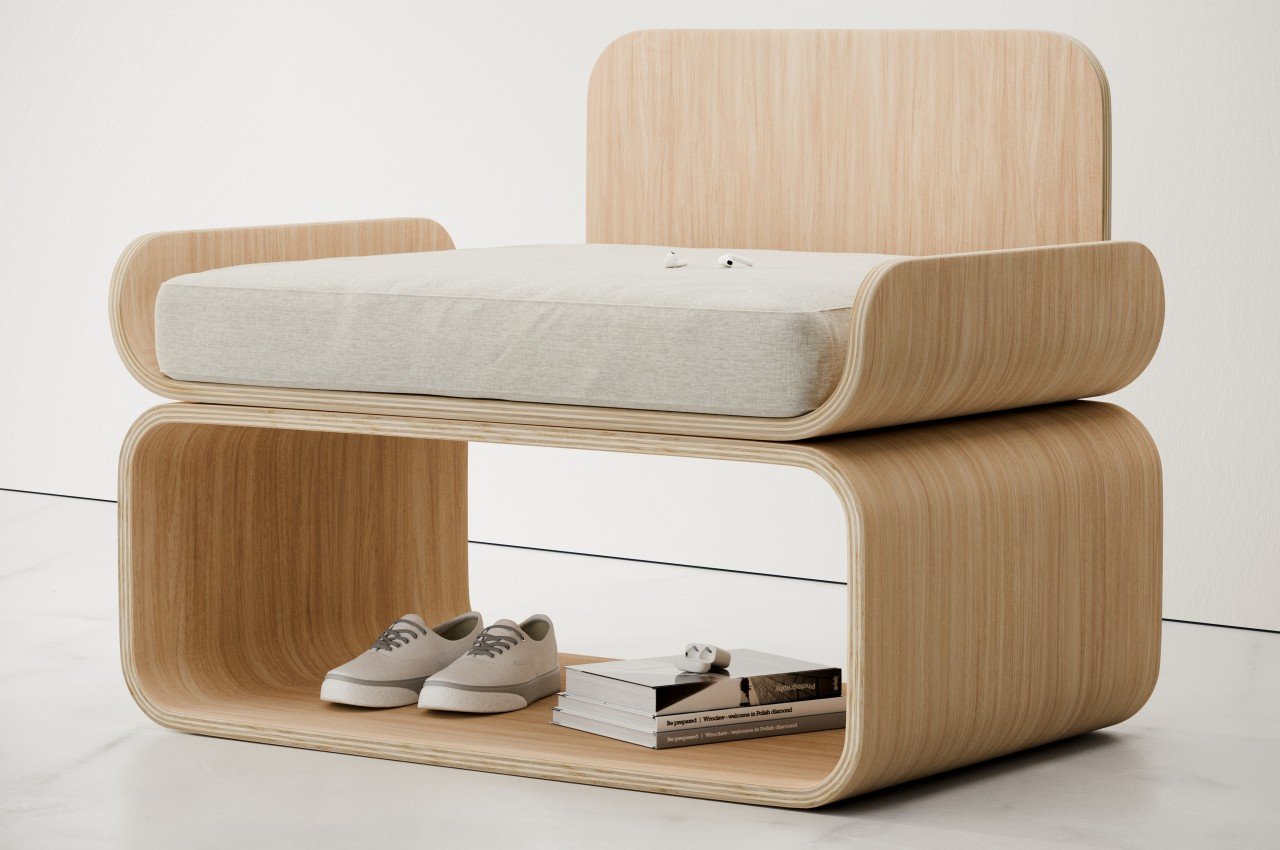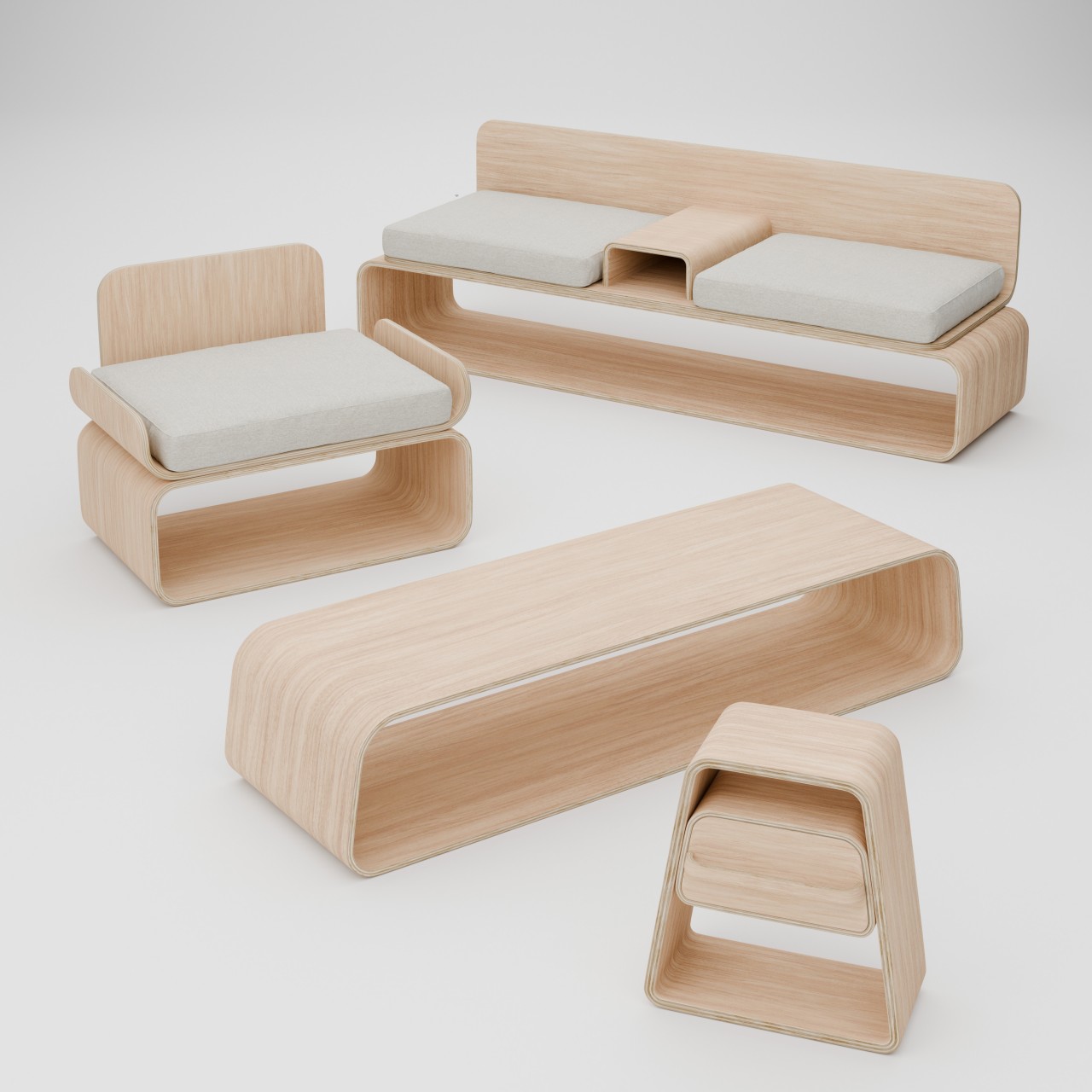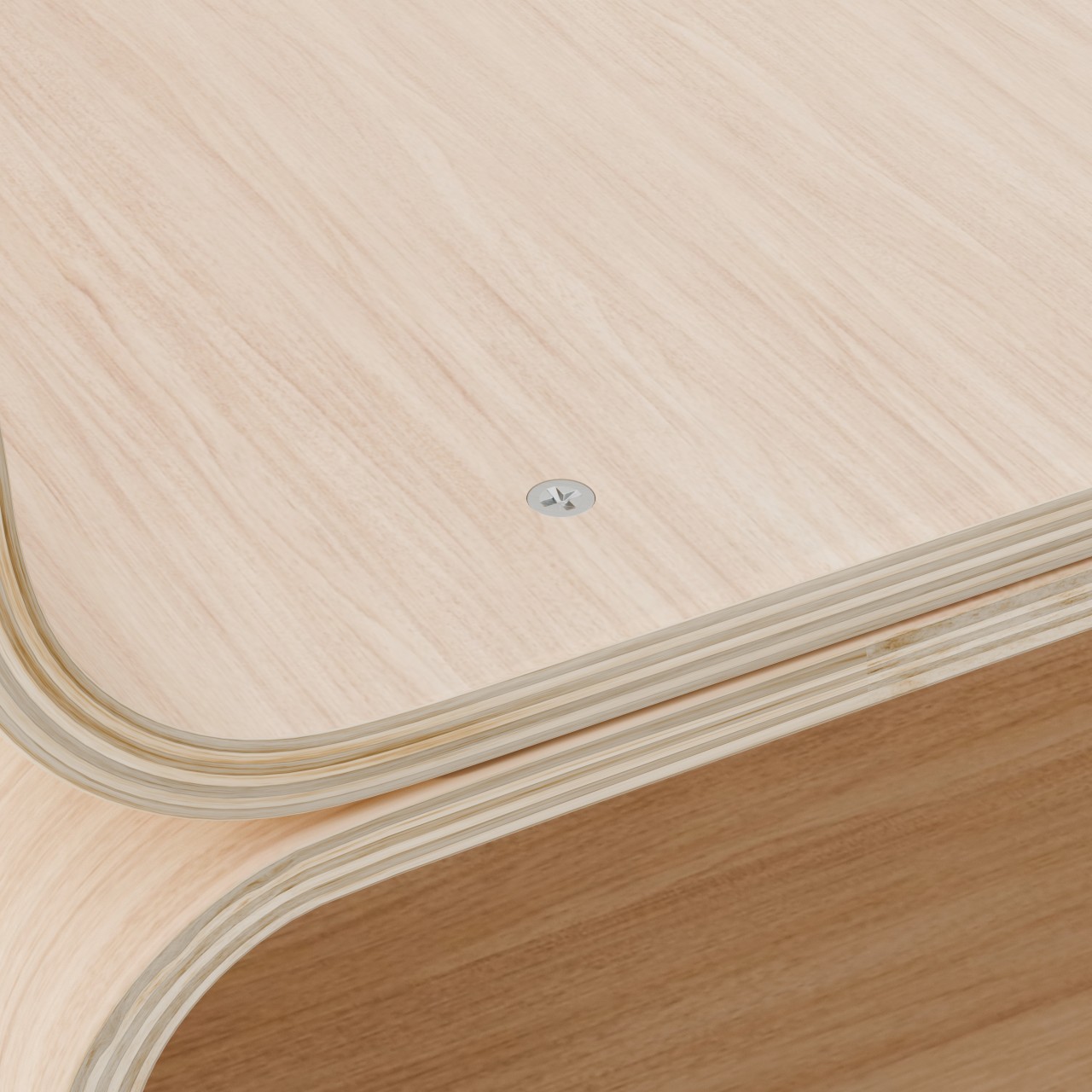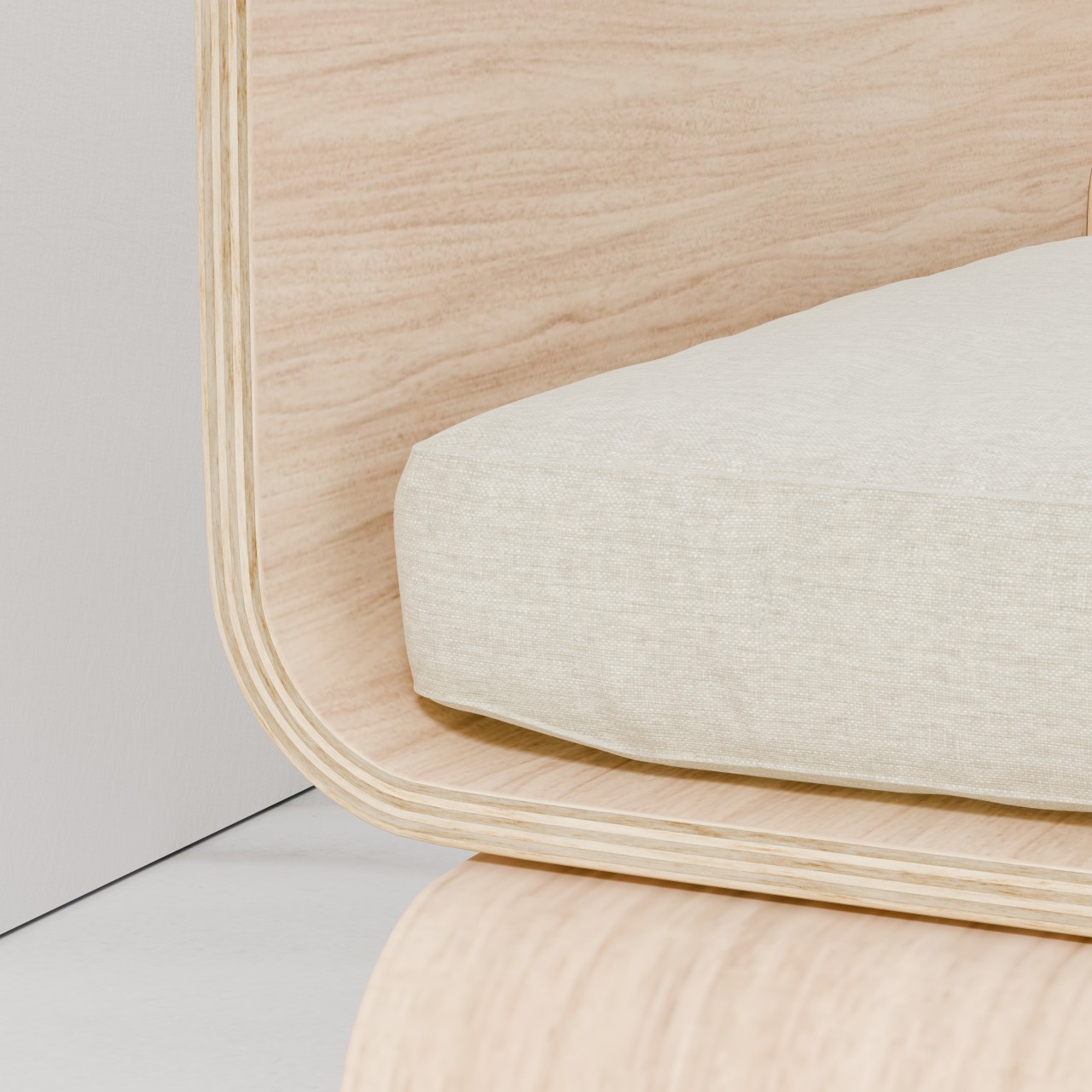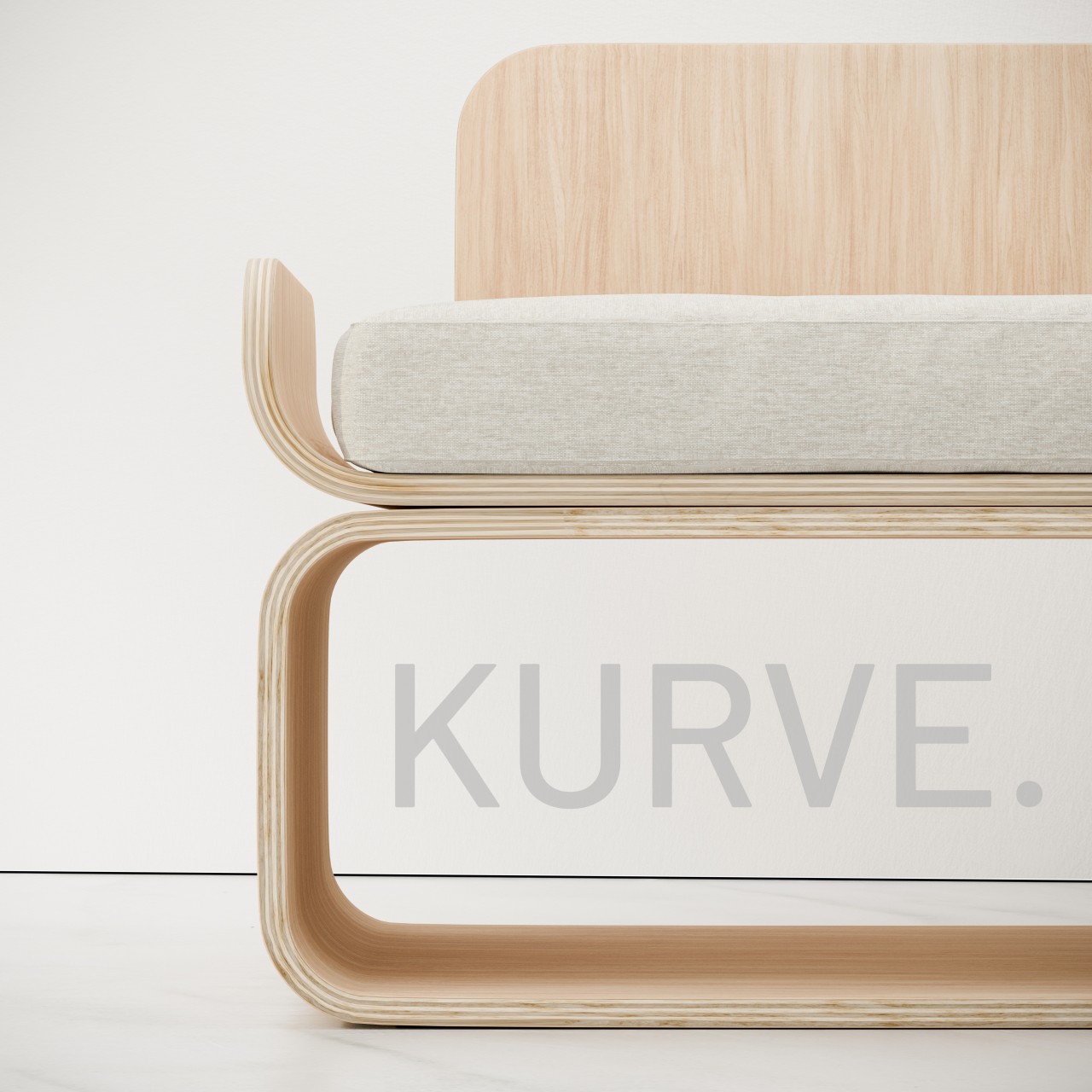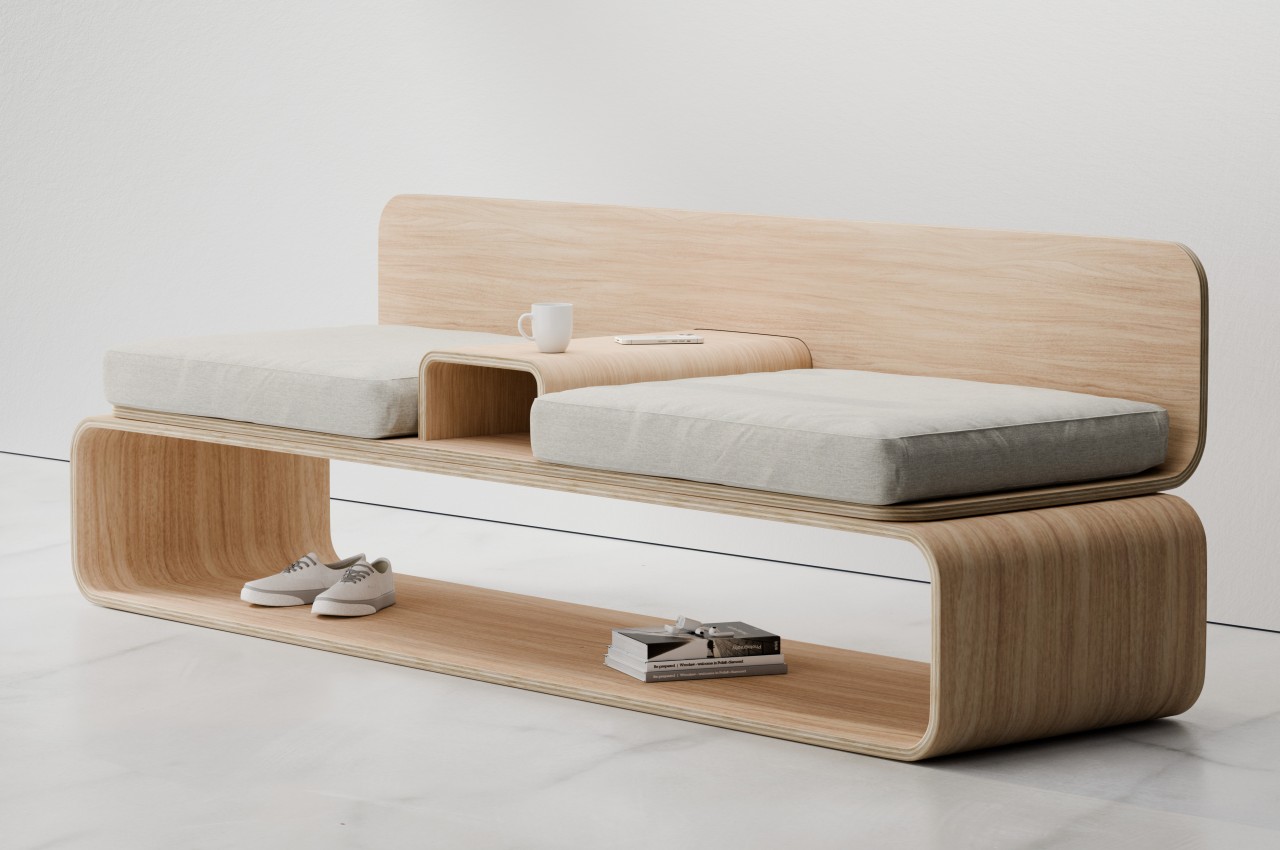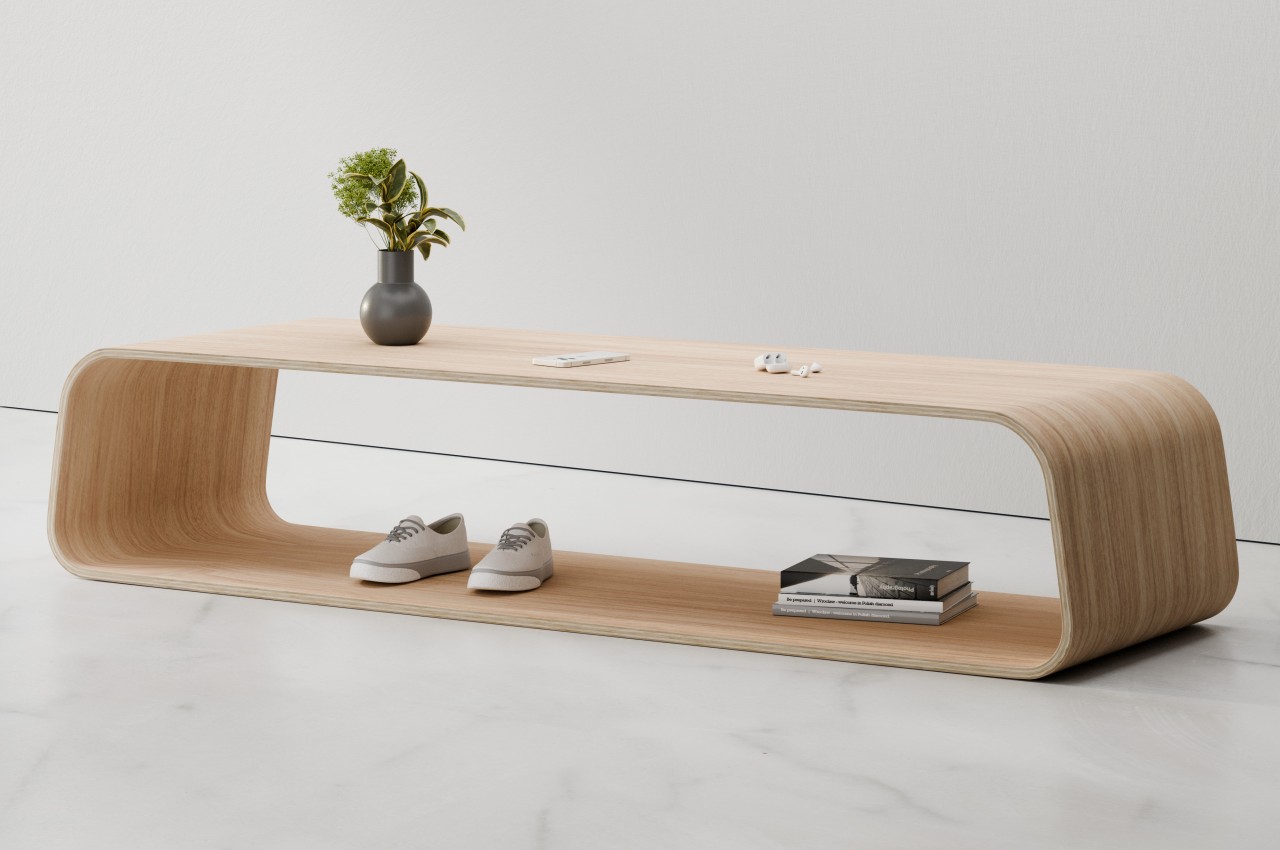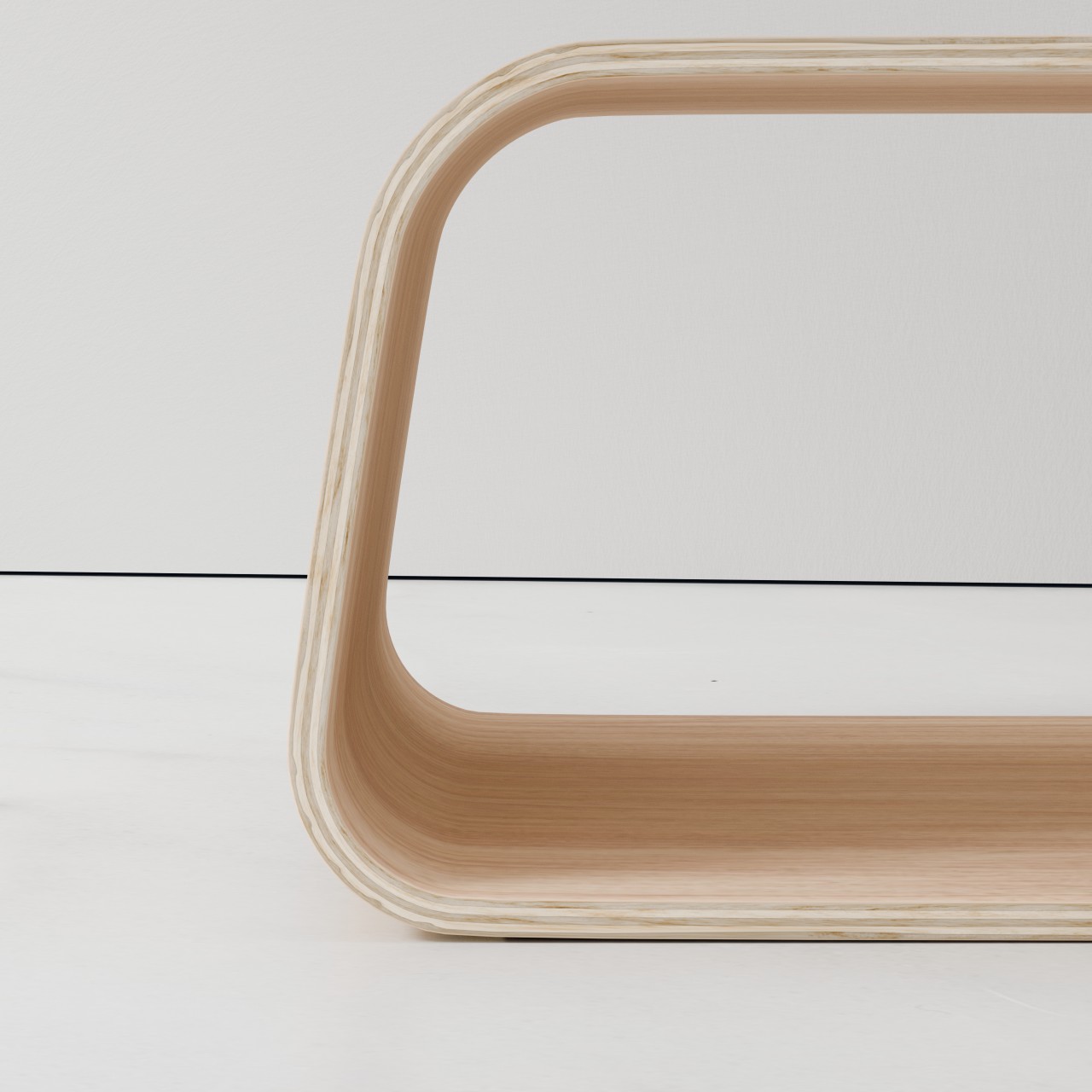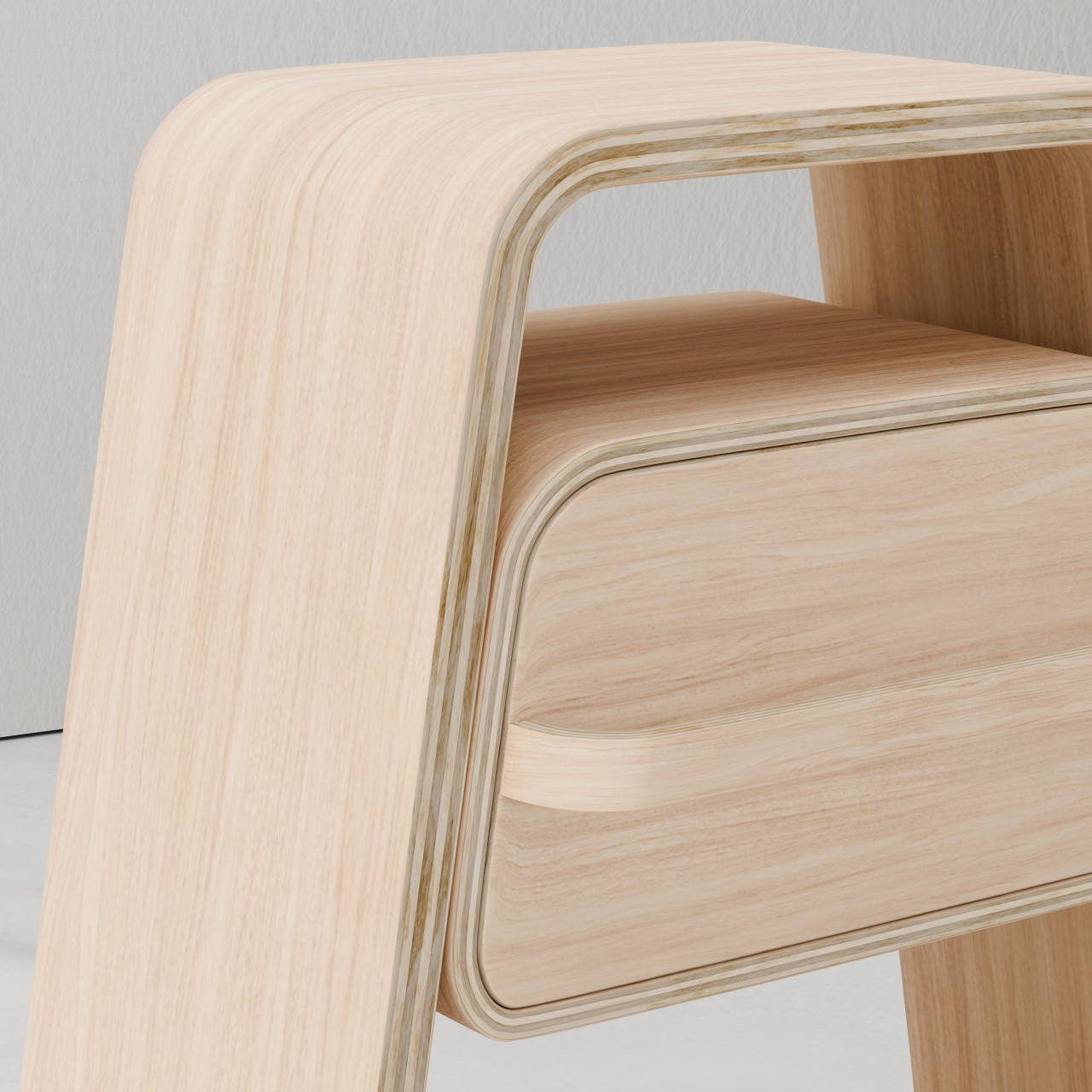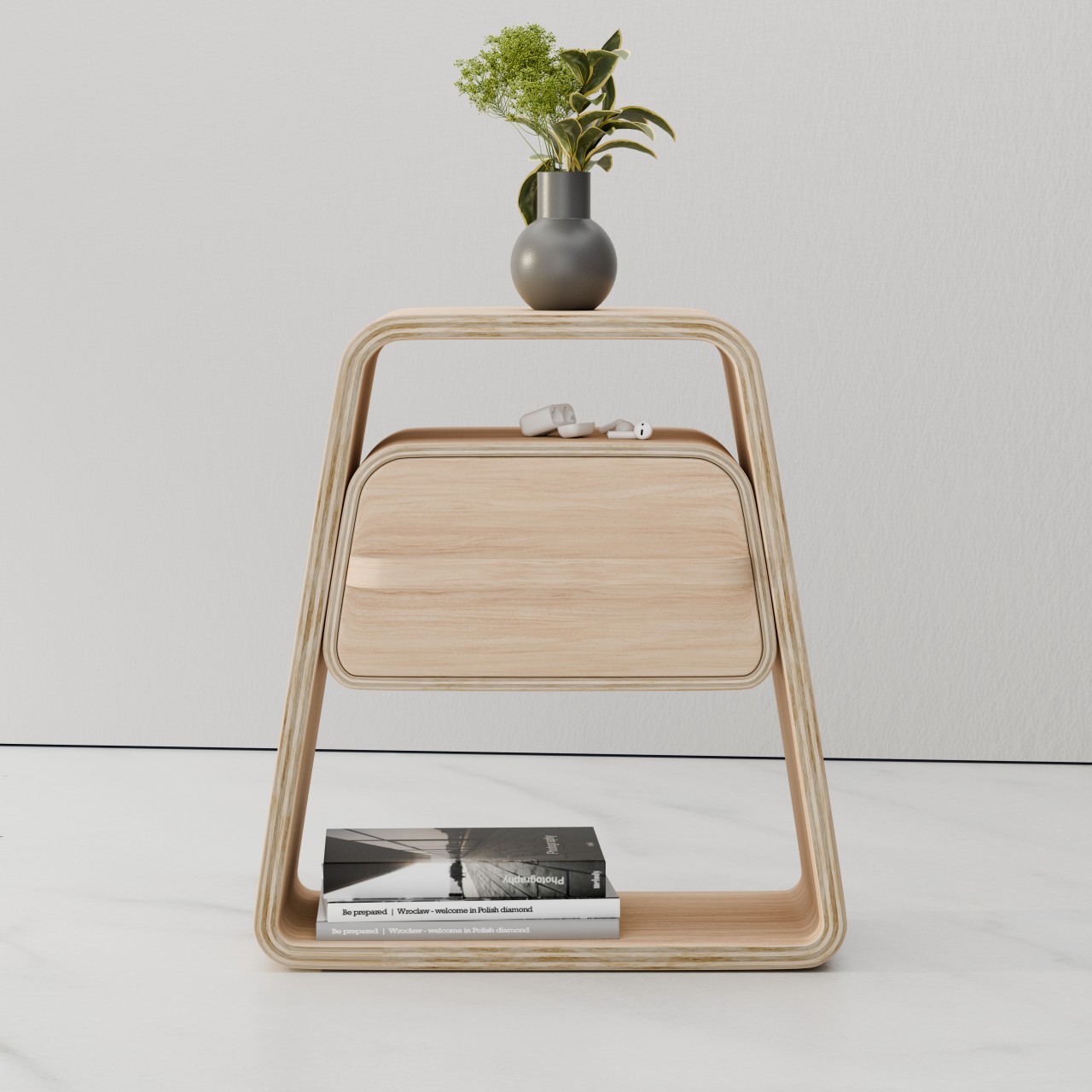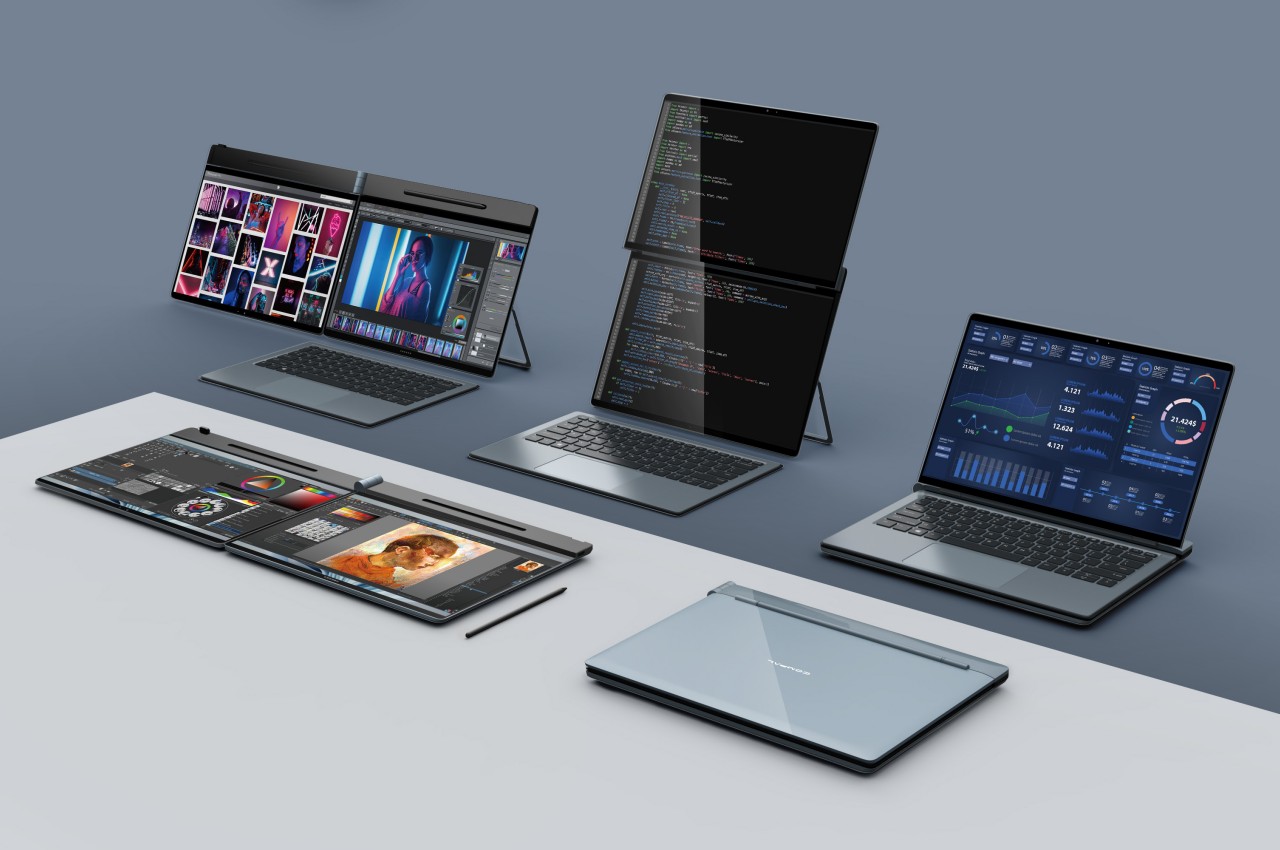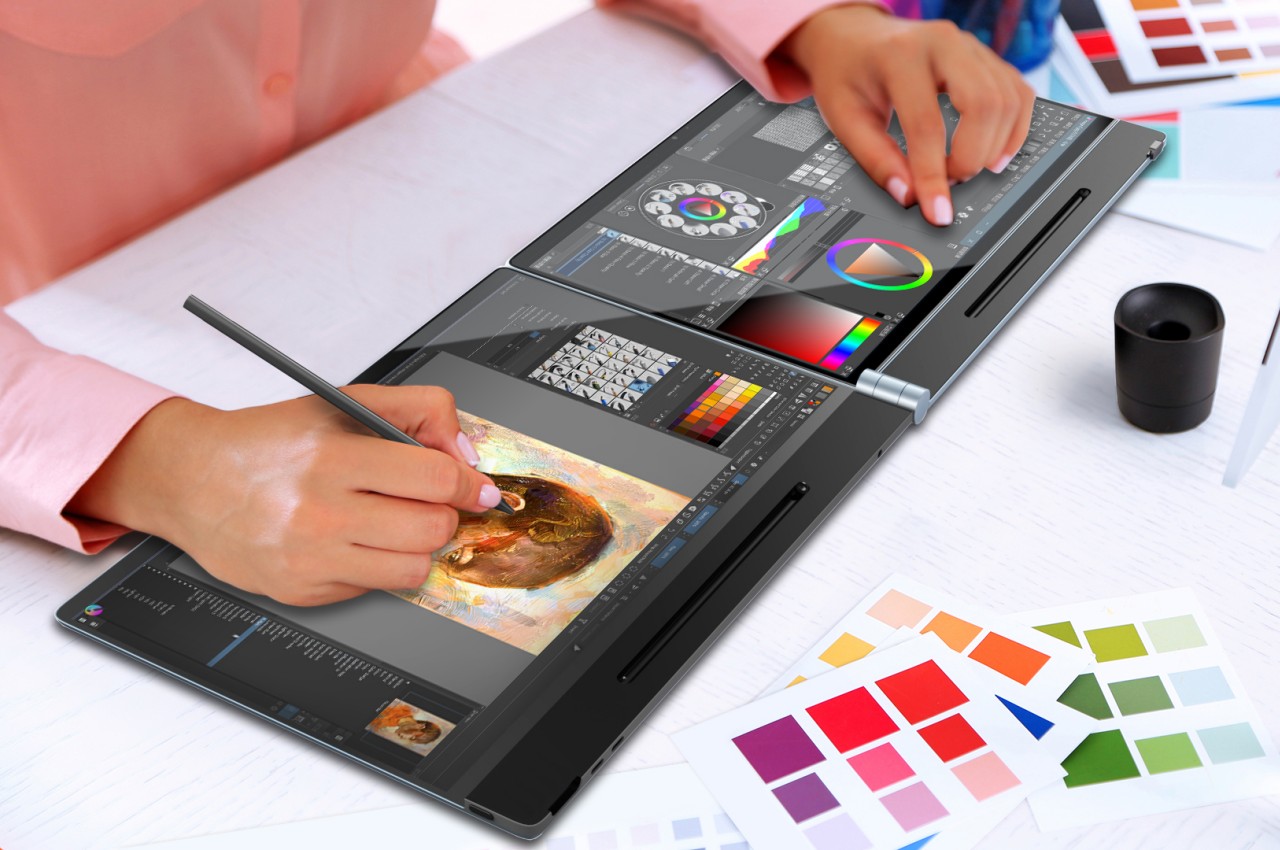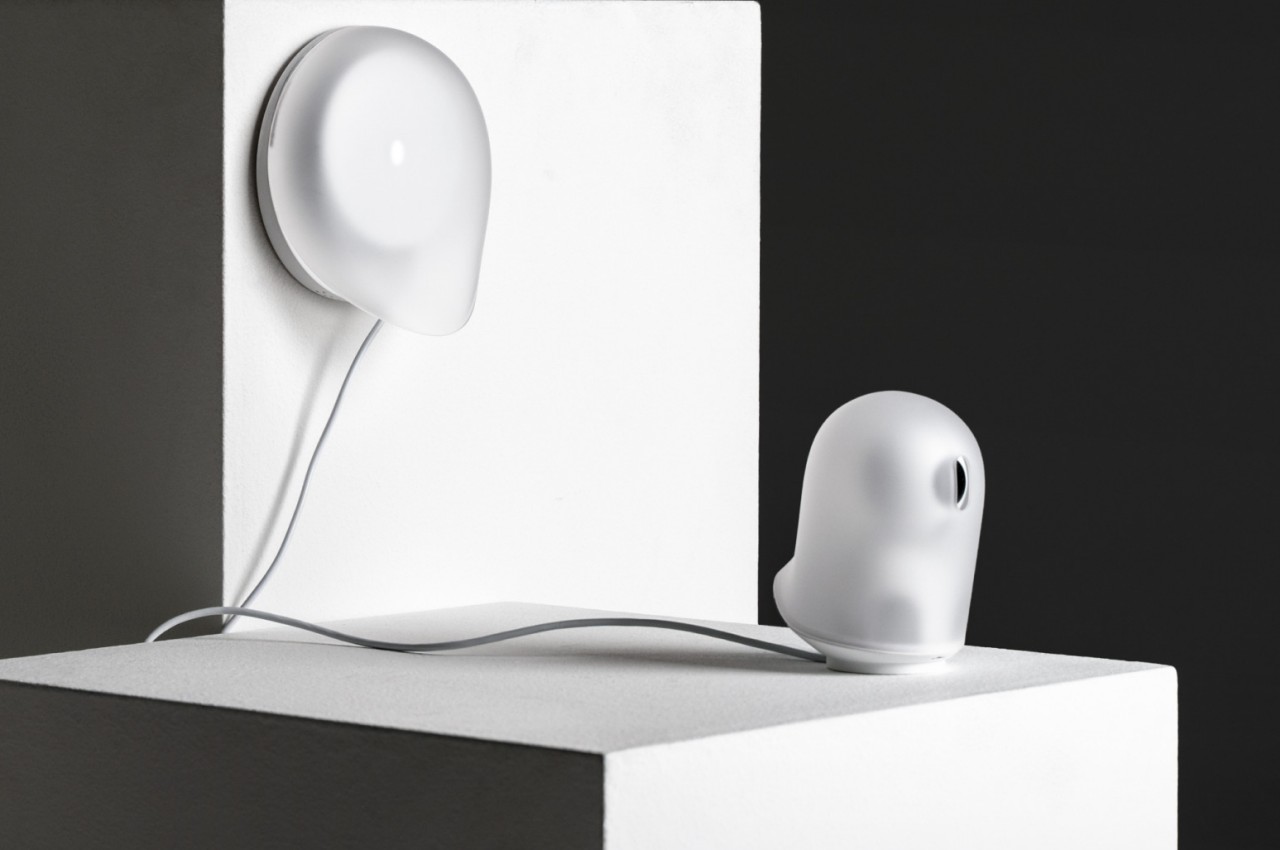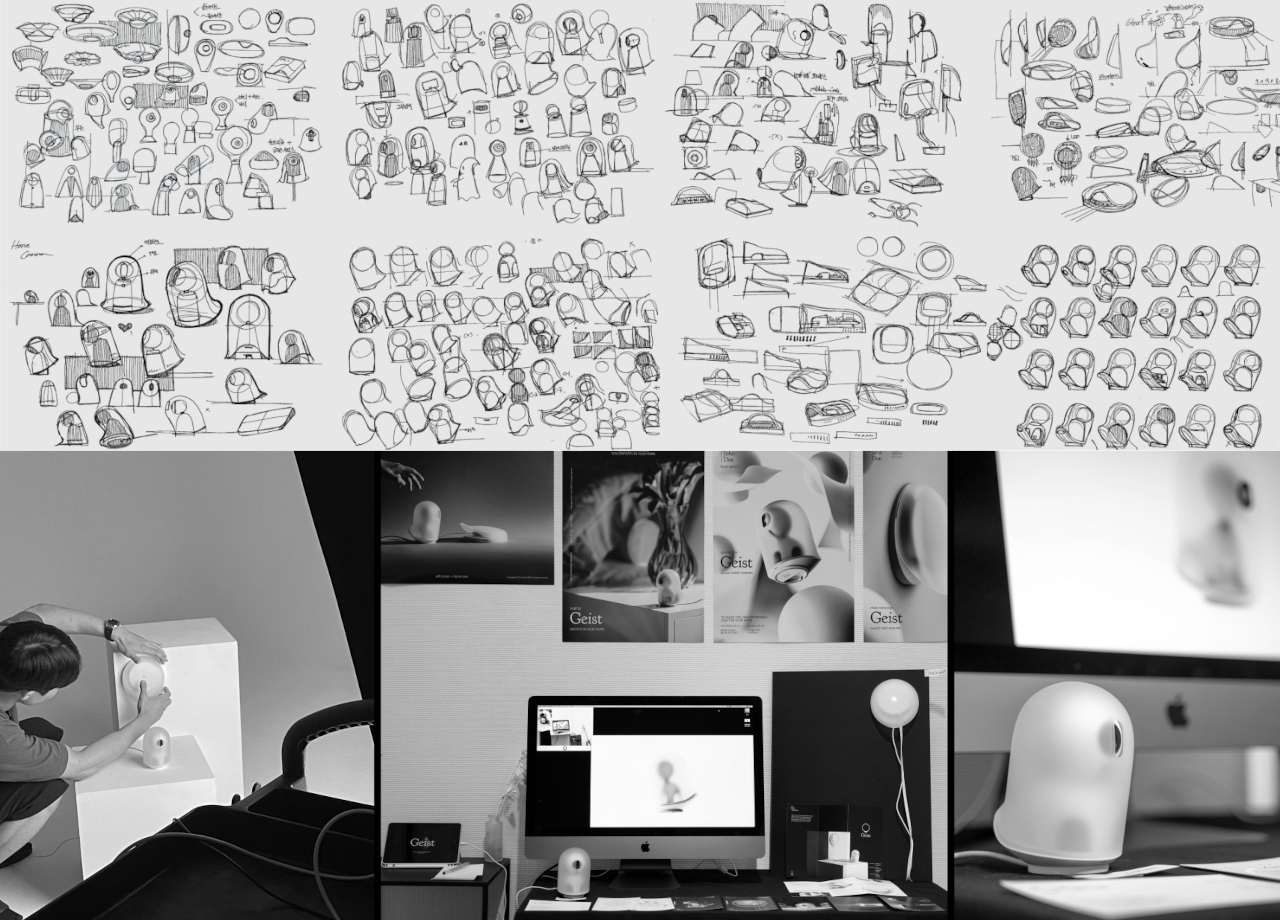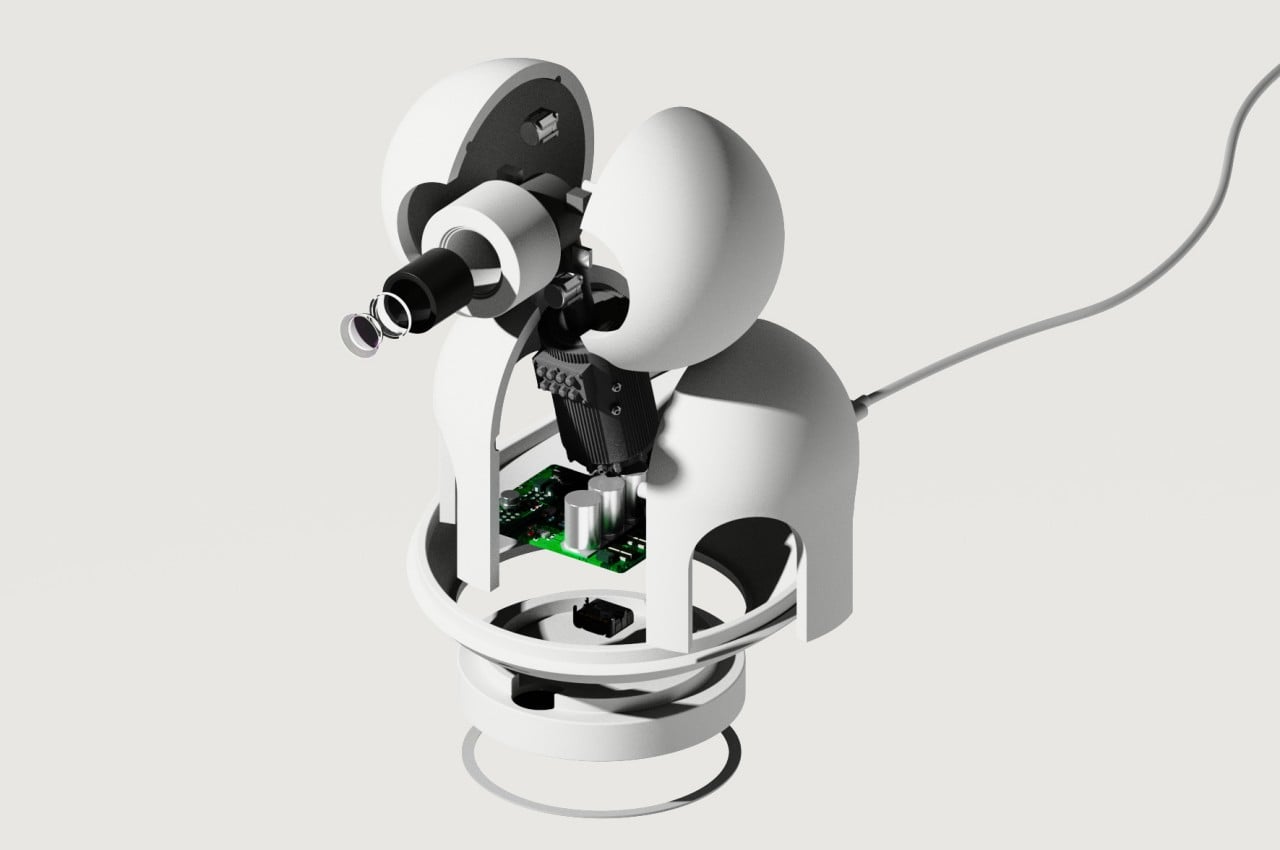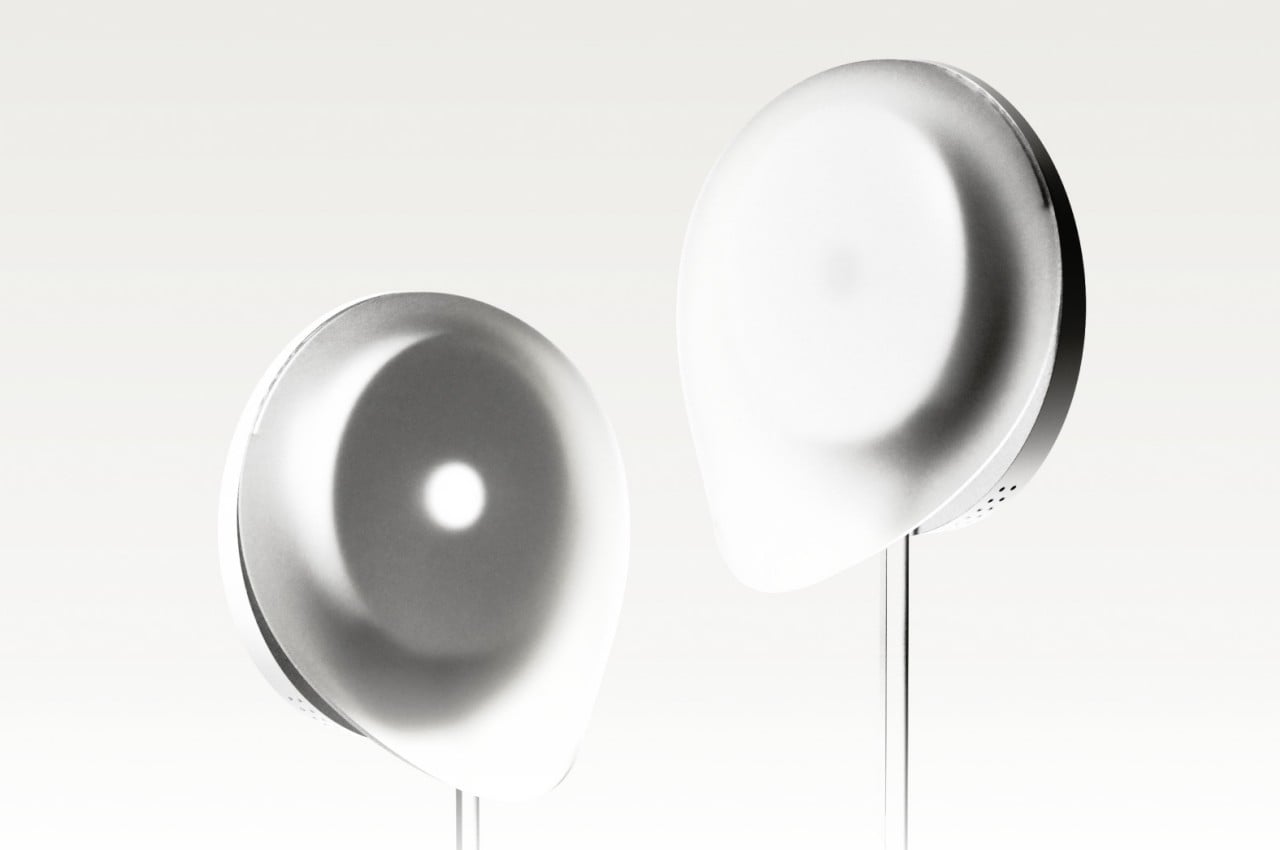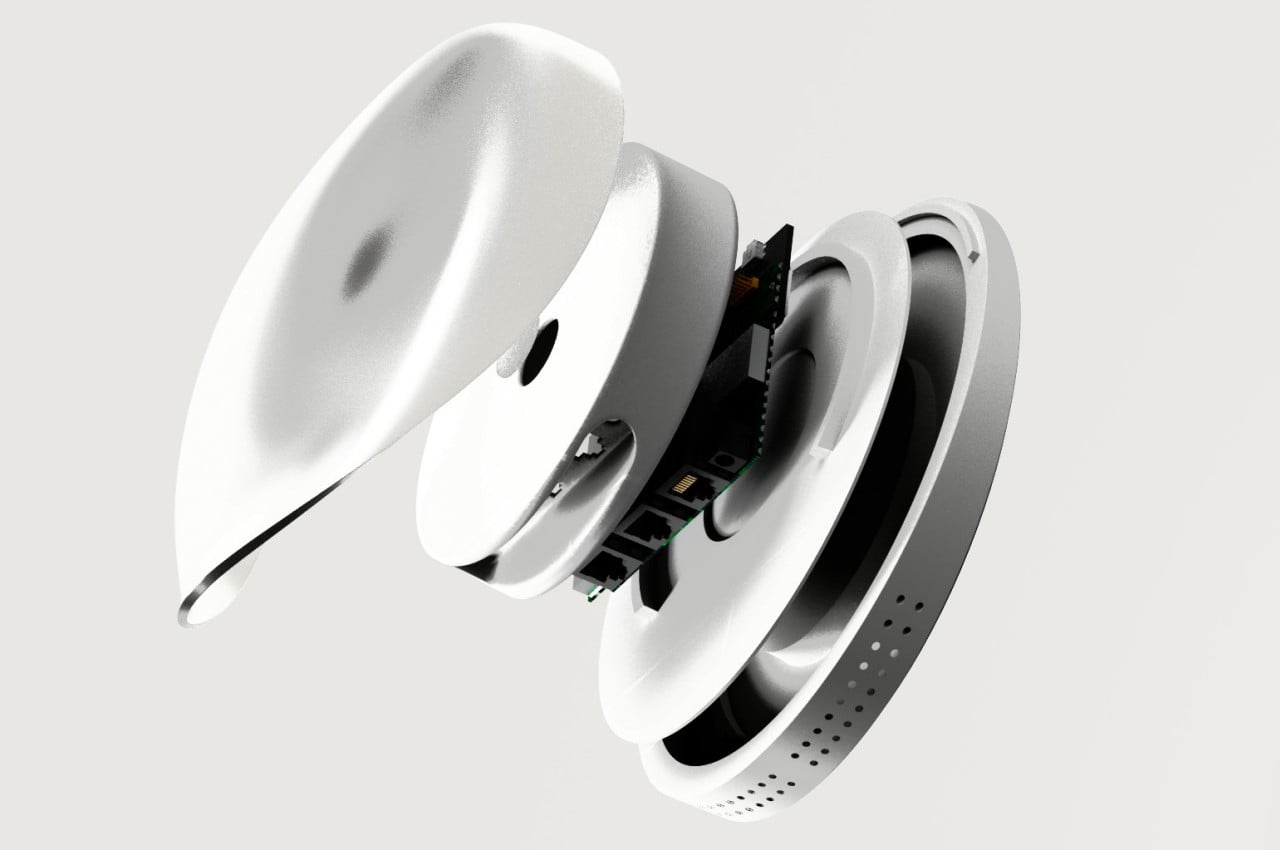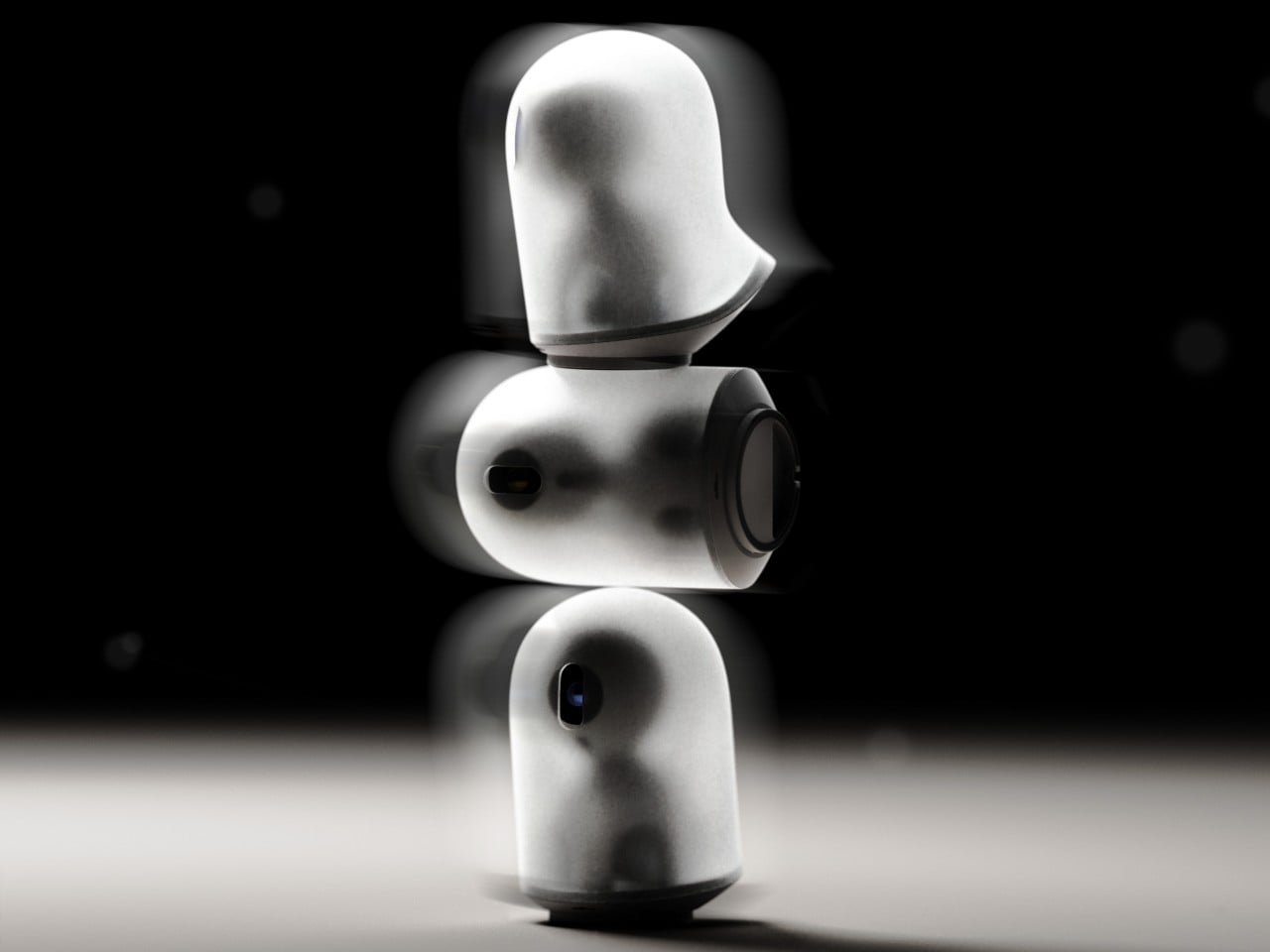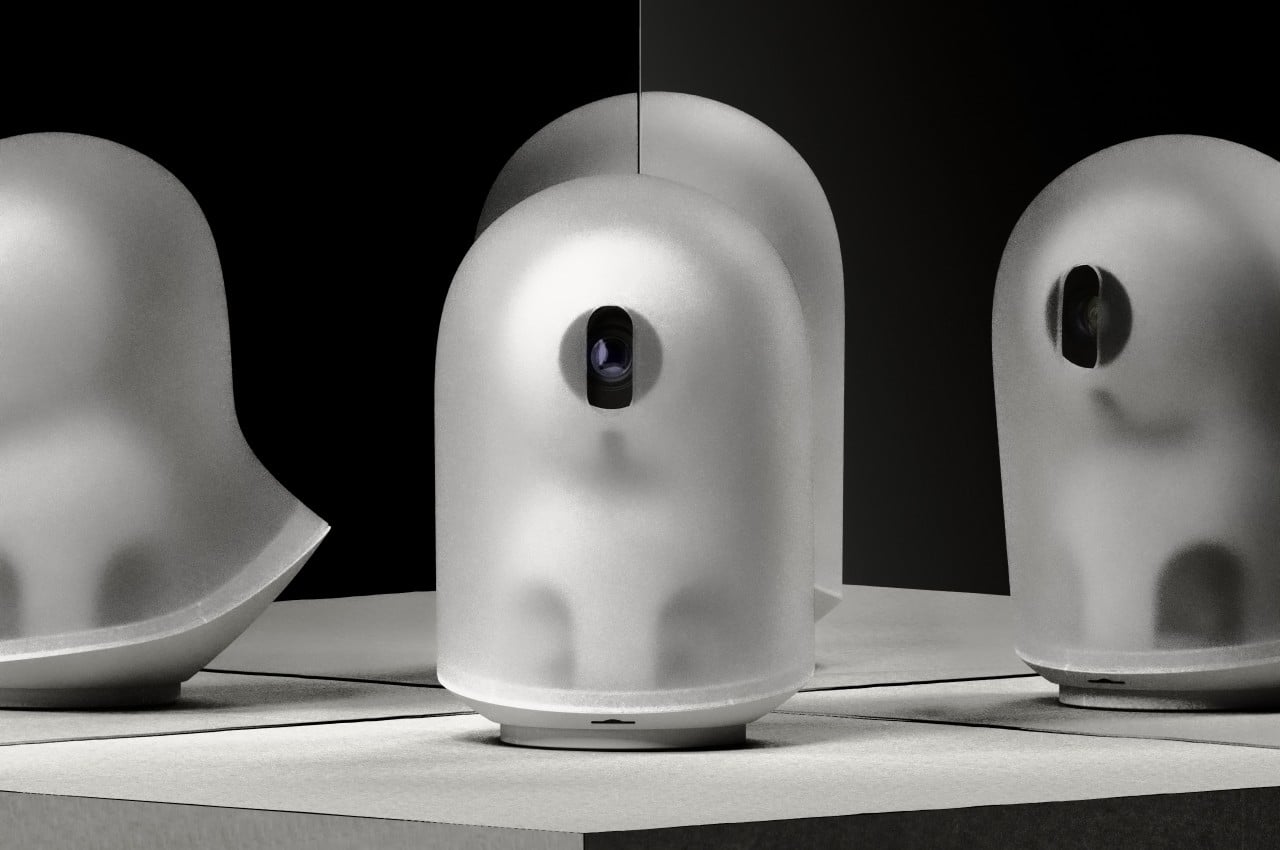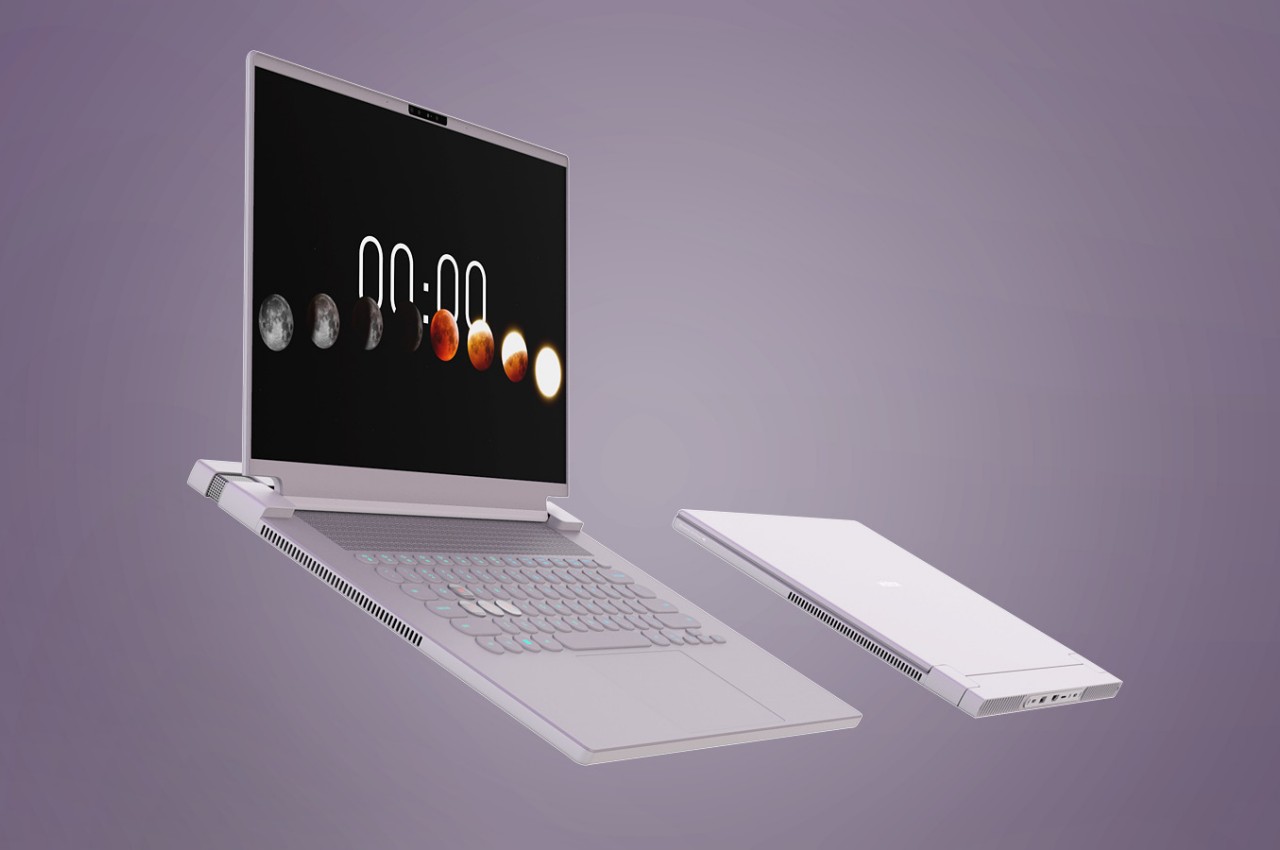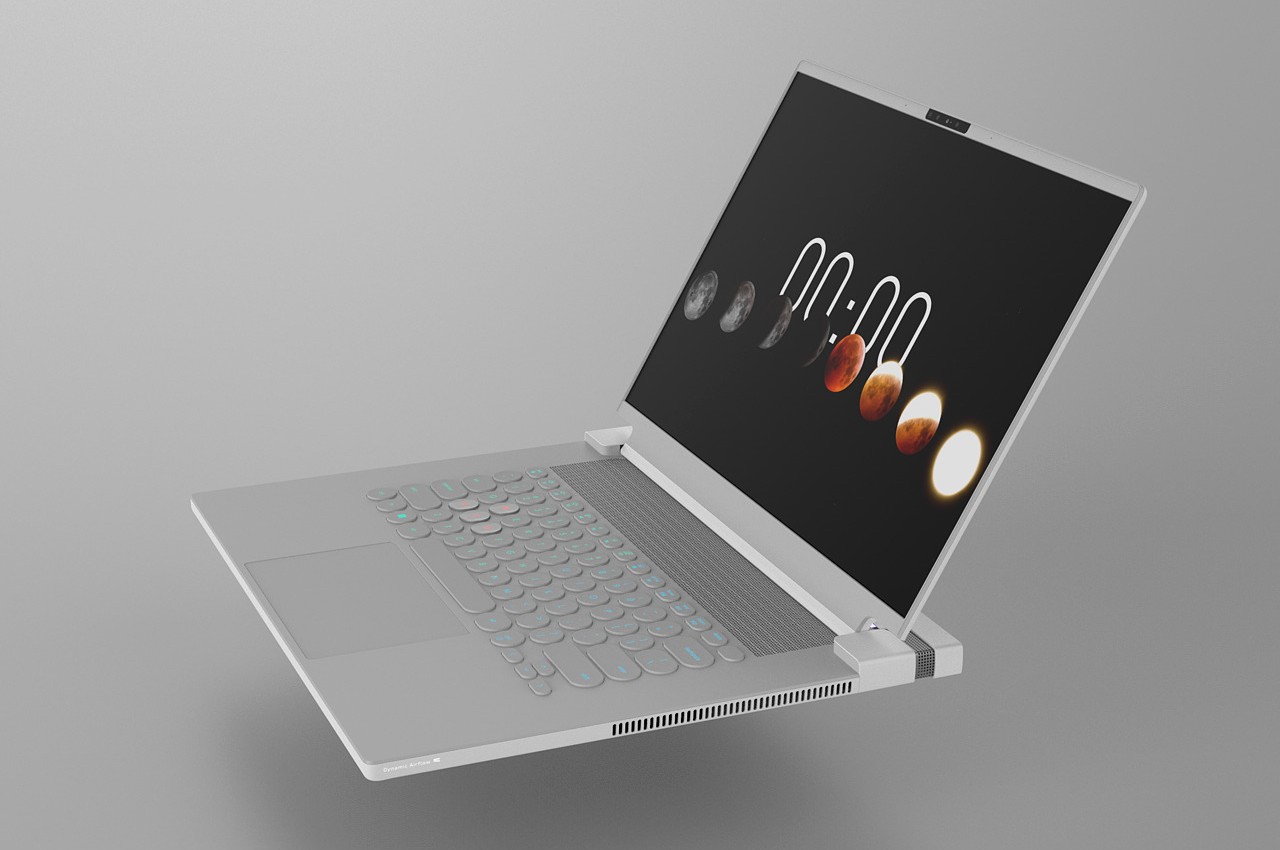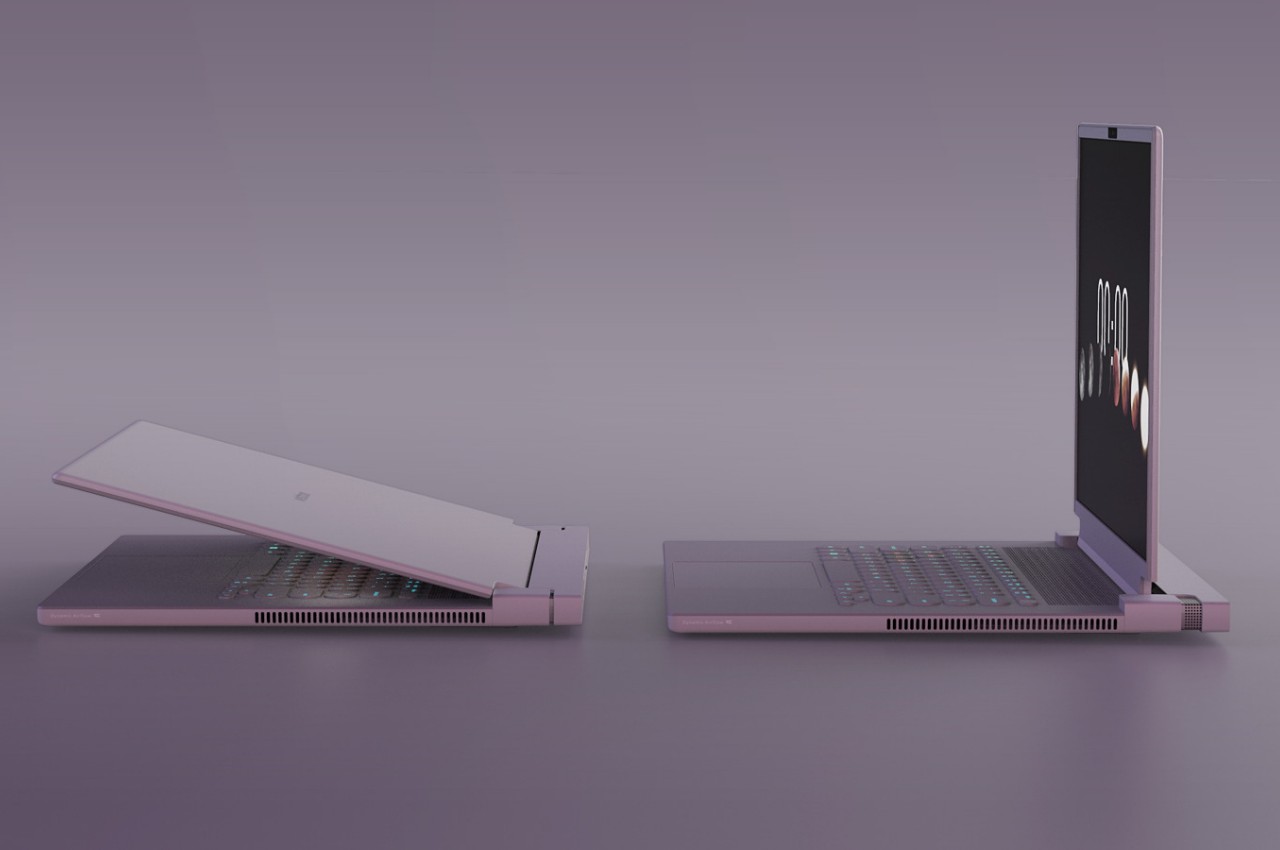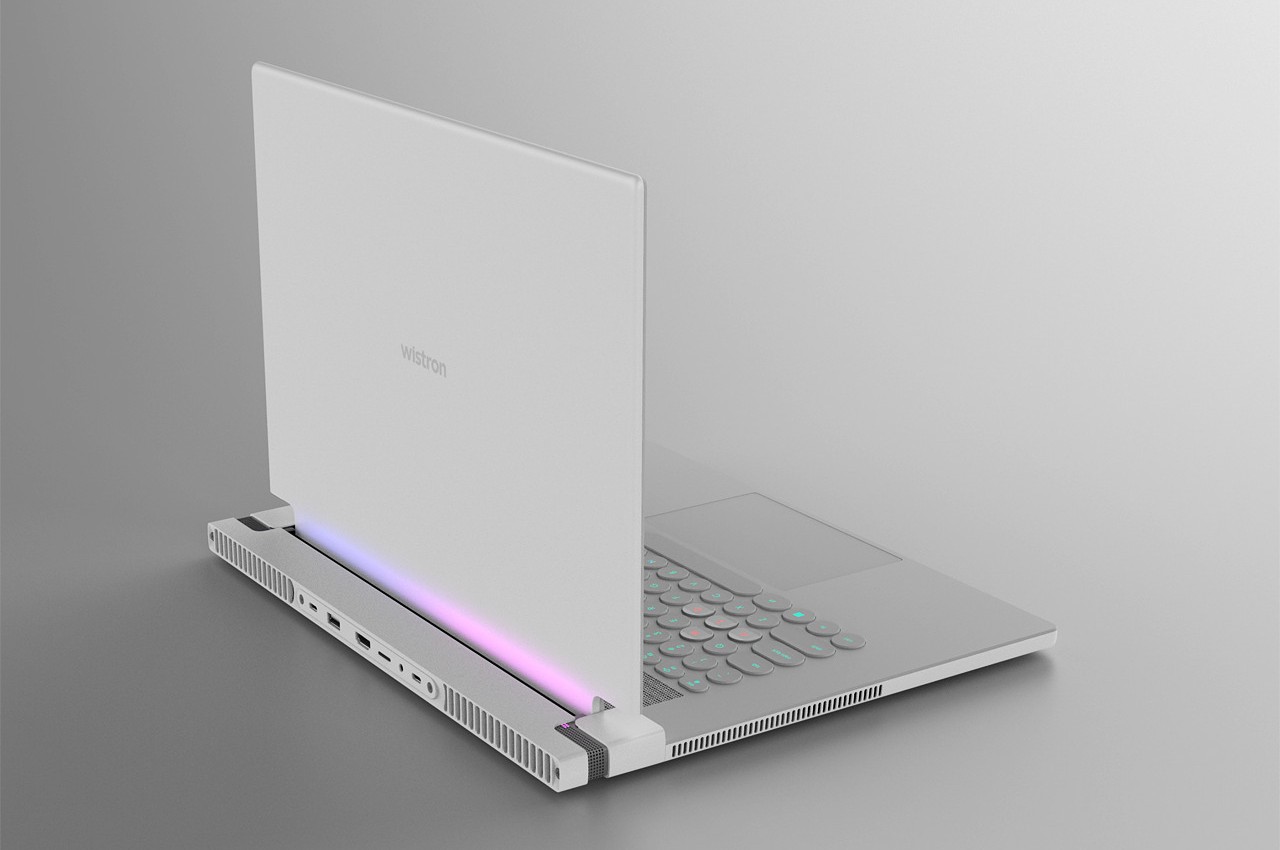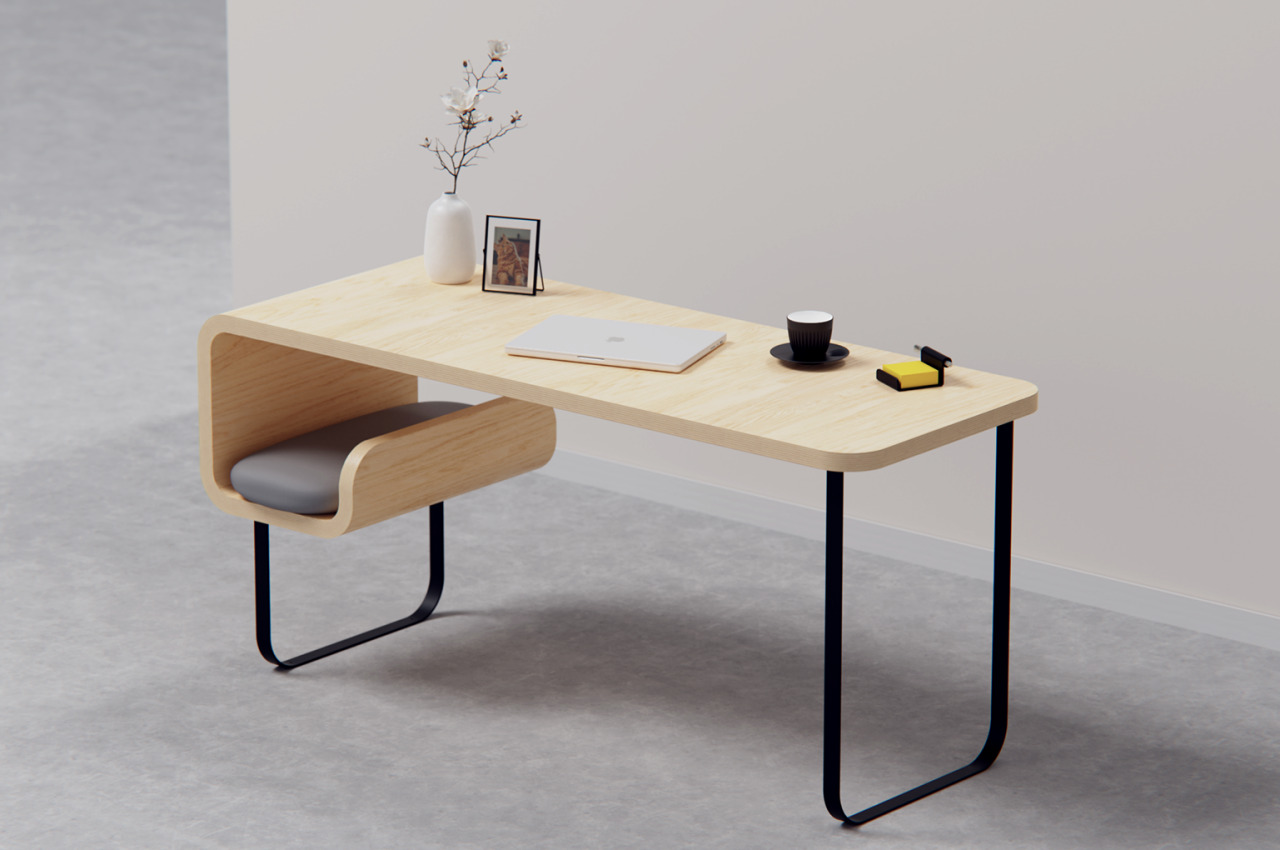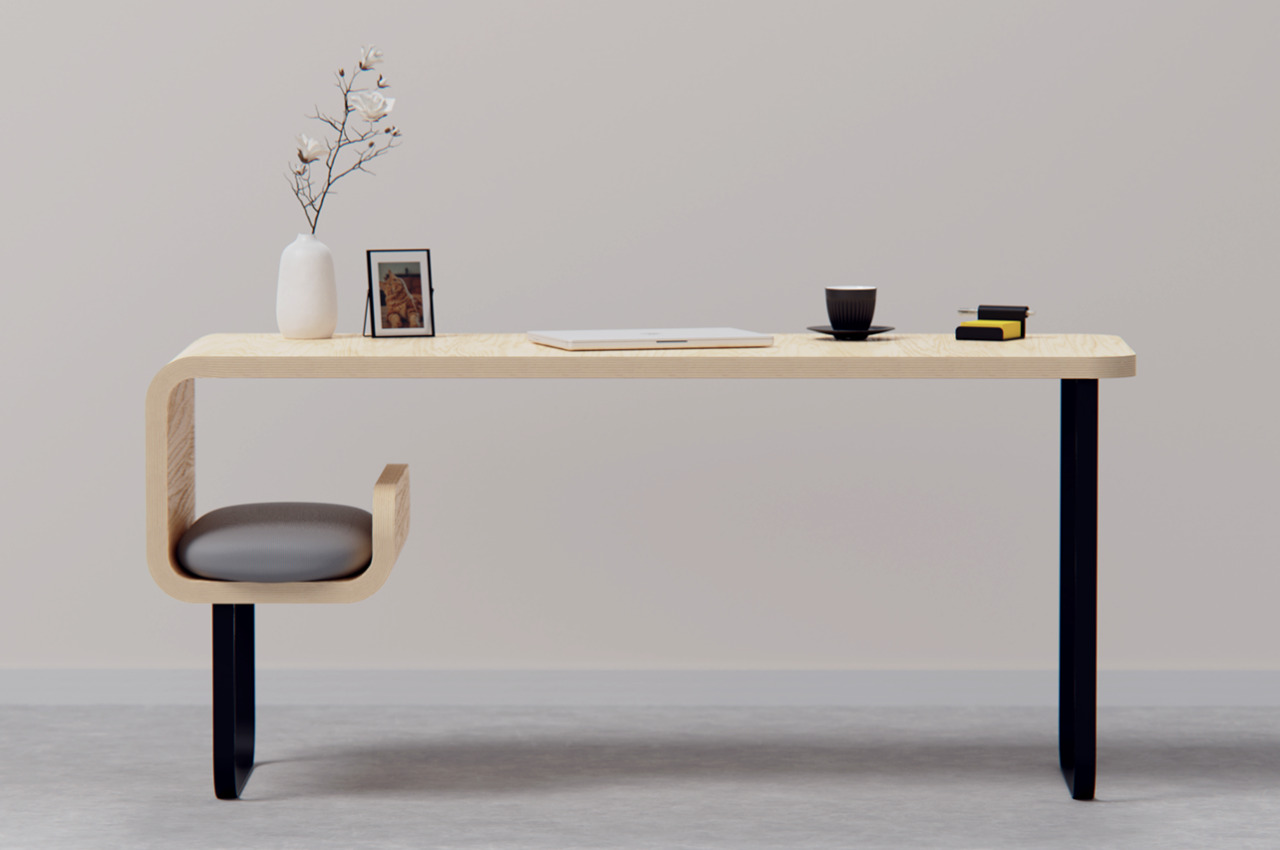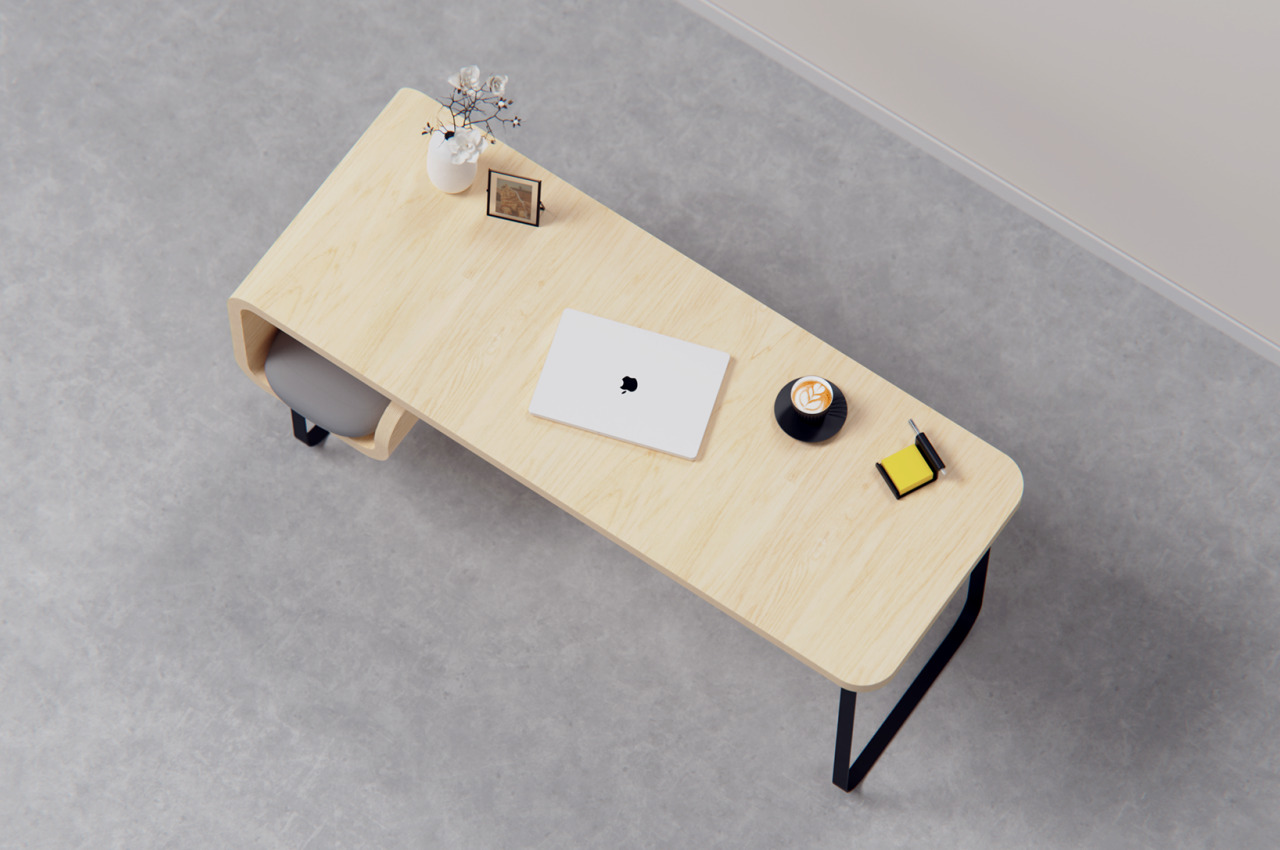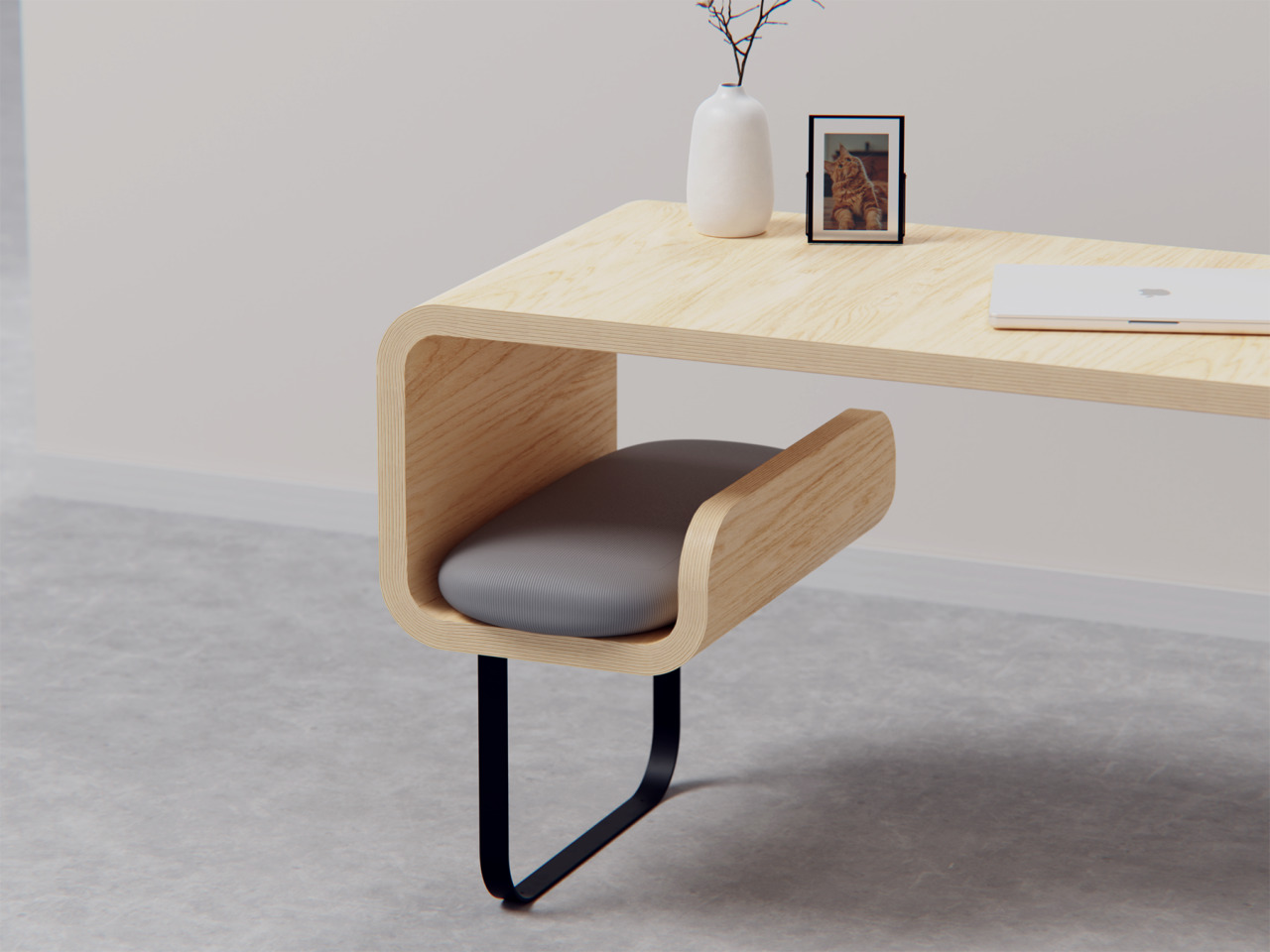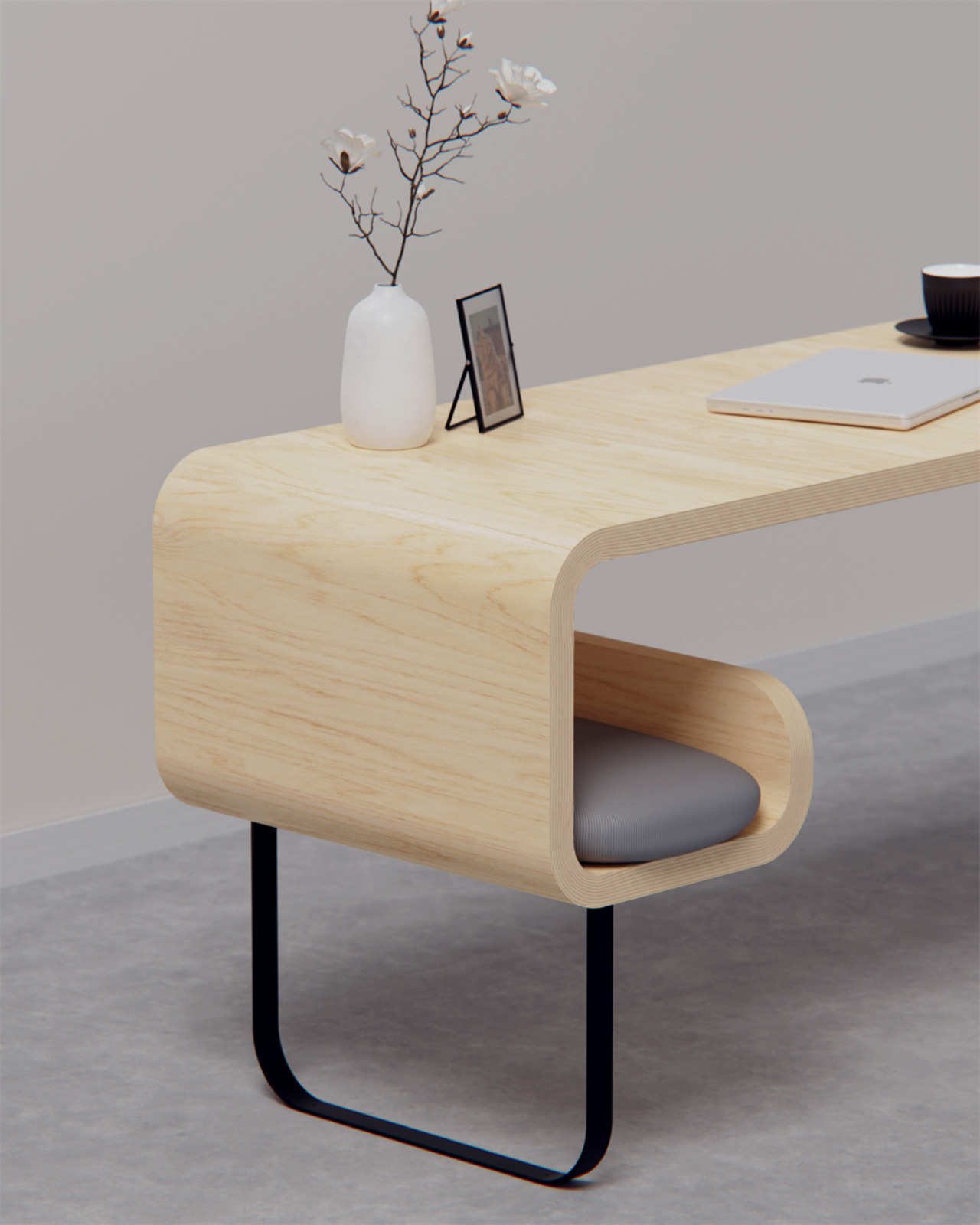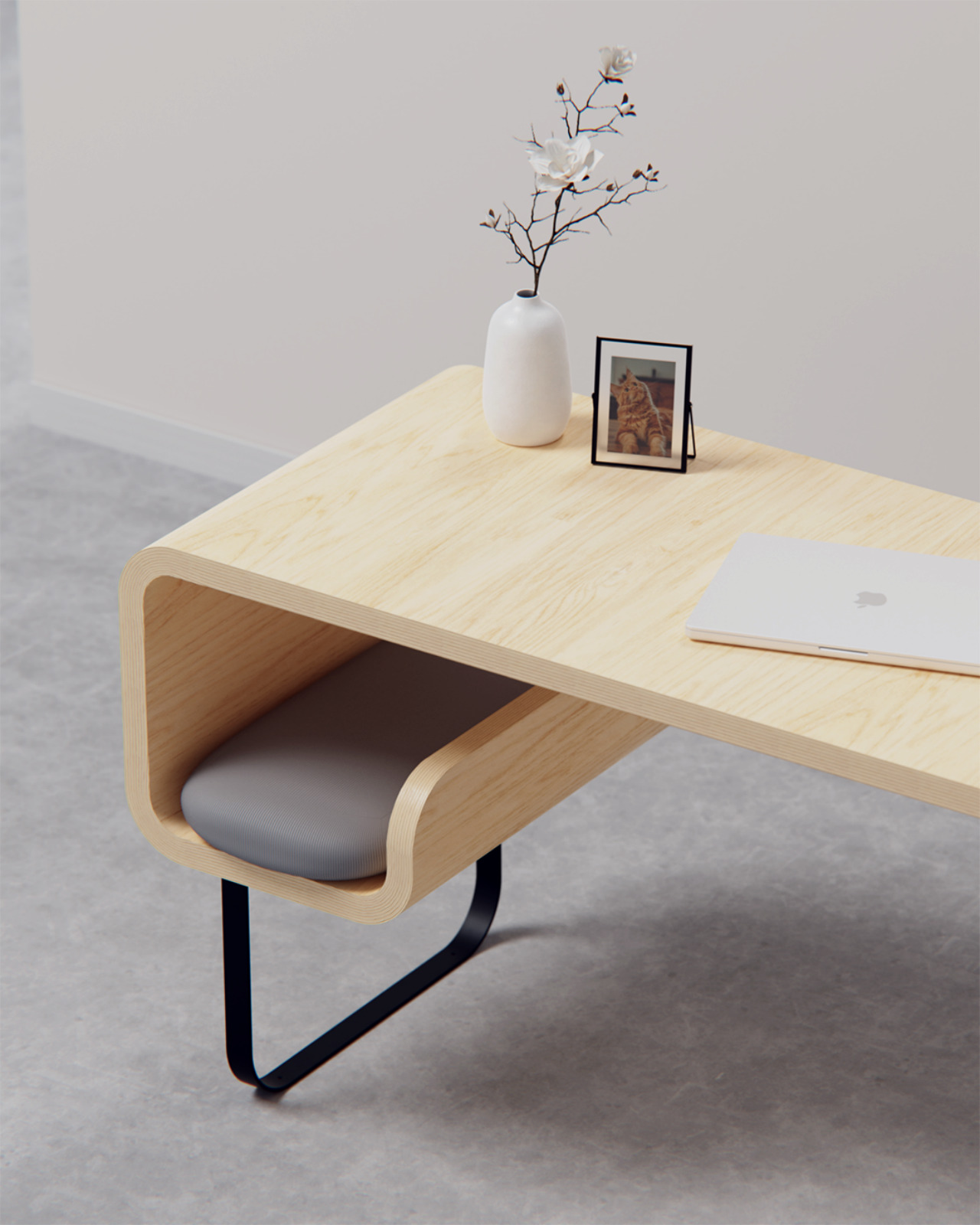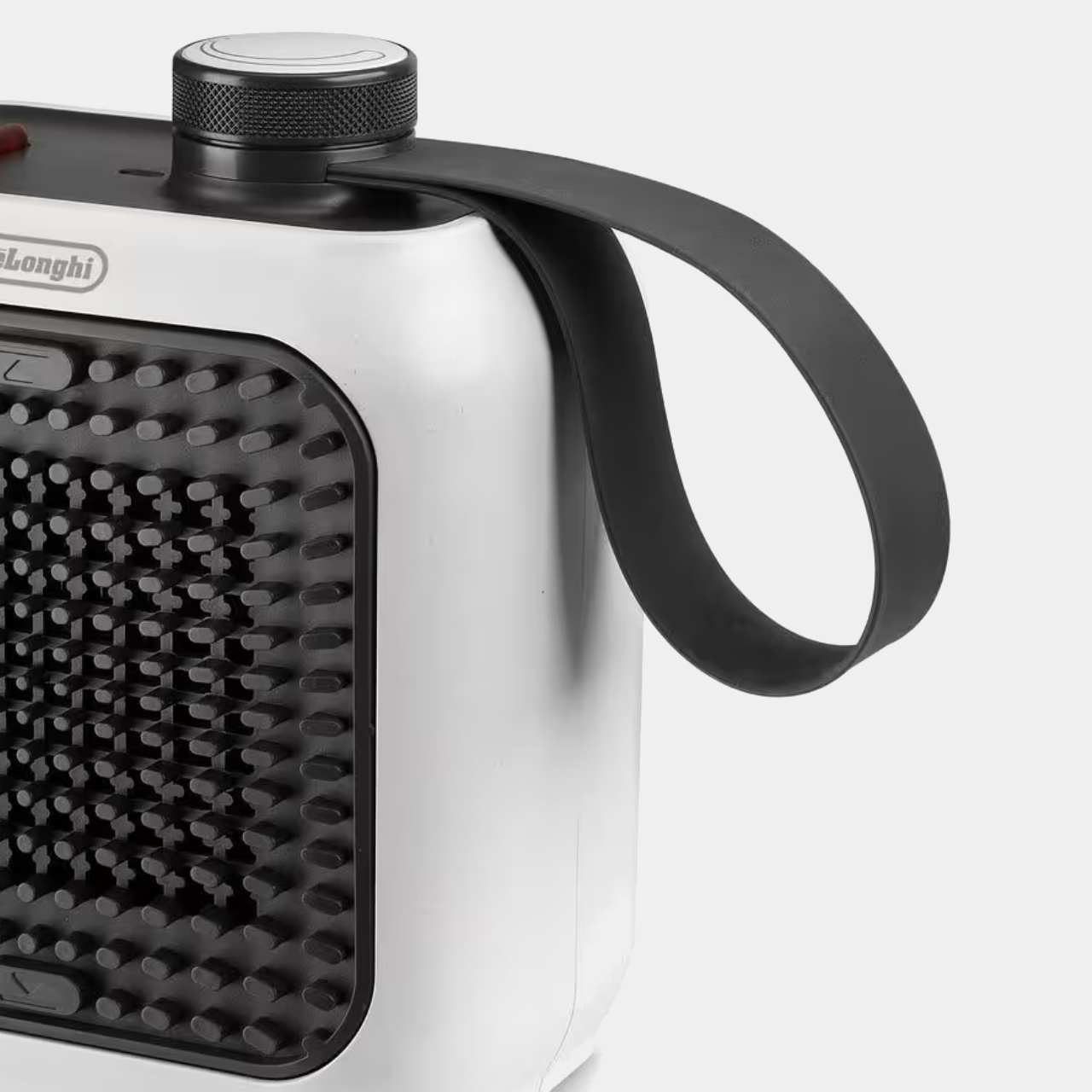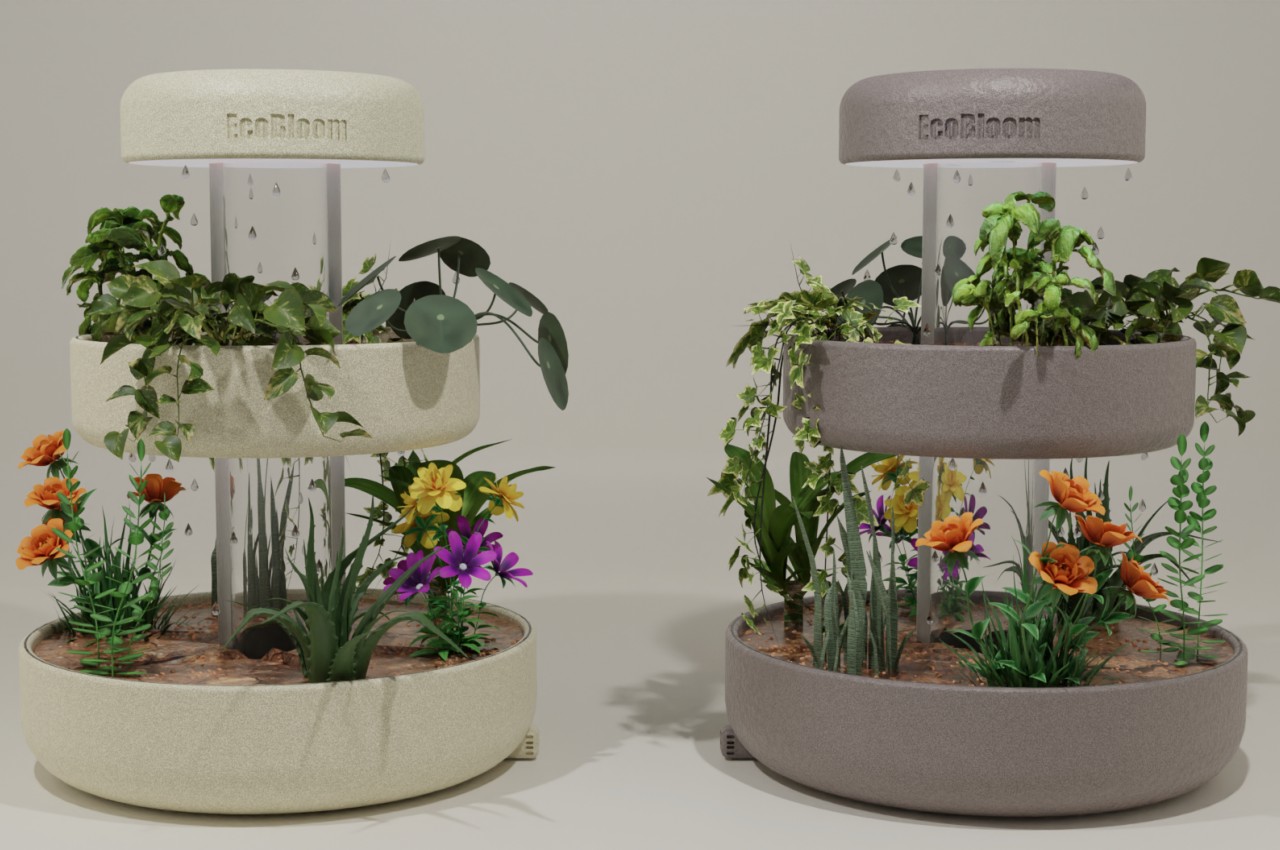
There has been a new kind of hobby that gripped the world in the past few years, especially when people were forced to stay home for a few months. “Home gardening” was no longer limited to having a small plot of soil outdoors, especially if you can just grow them in pots indoors. That said, it’s a process that still requires a bit of work and effort, especially if you want to keep your plants alive long enough to enjoy the fruits (or leaves) of your labors. Unsurprisingly, a rather niche market of indoor planter appliances has popped up, some including pretty smart functions to boot. This concept tries to offer the same conveniences in a more aesthetic presentation, providing a painless experience of growing plants in an automated environment that looks great as a piece of home decoration as well.
Designer: Saiyami Jhaveri
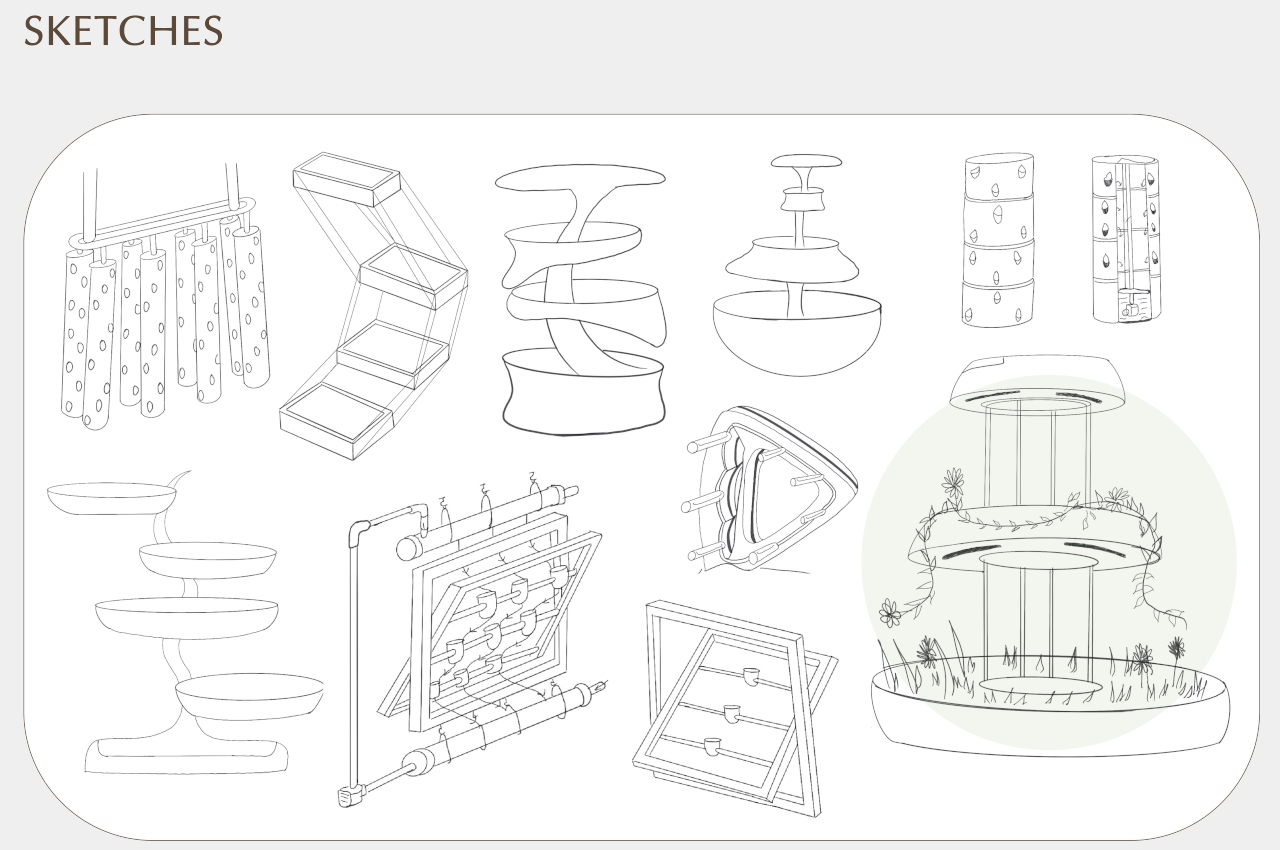

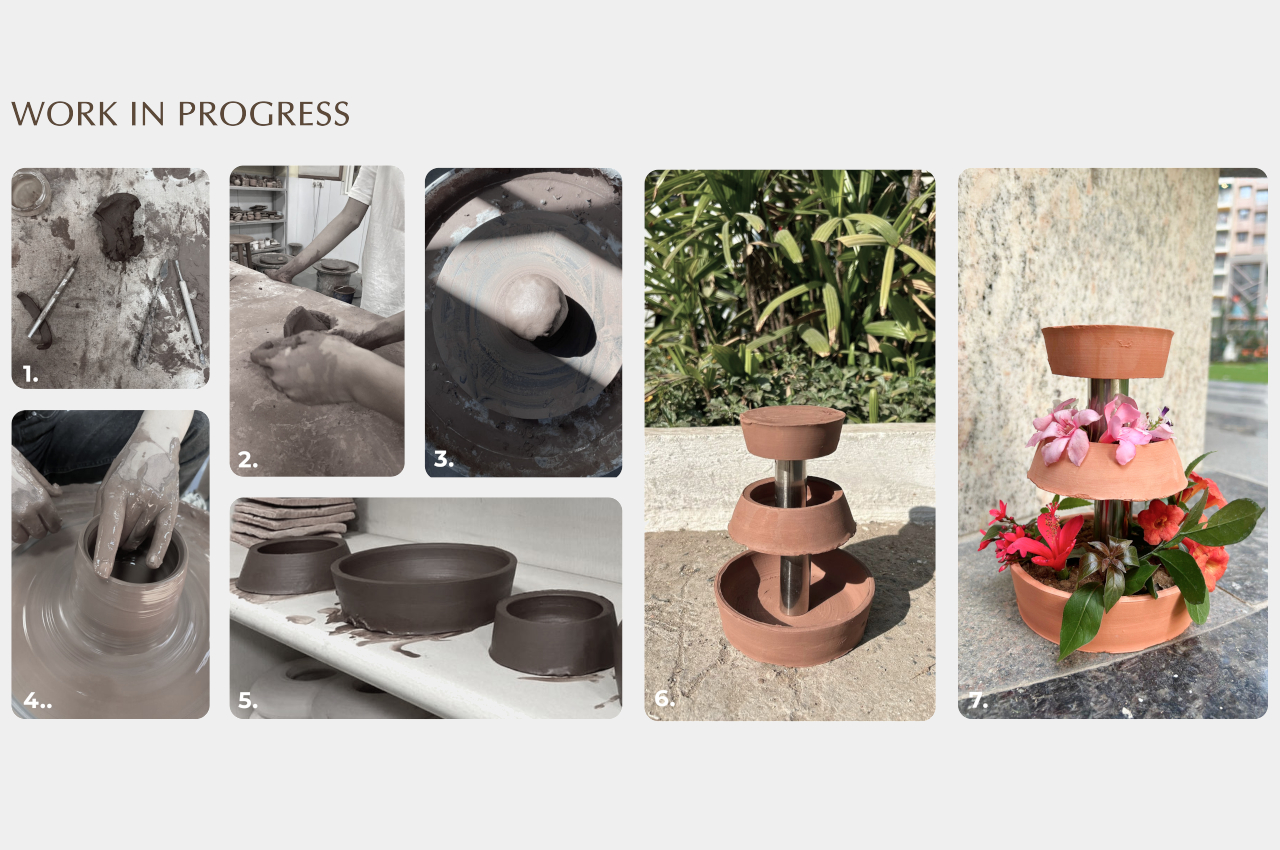
Just like with plants grown outdoors, indoor plants need regular maintenance from watering, sunlight, and even protection from pests. You can do all of those manually, of course, and some people do enjoy the satisfying feeling of getting down and dirty with such tasks. Others, however, find the process too time-consuming and burdensome, especially if all they want is regular access to fresh herbs or beautiful green plants to liven up a space.
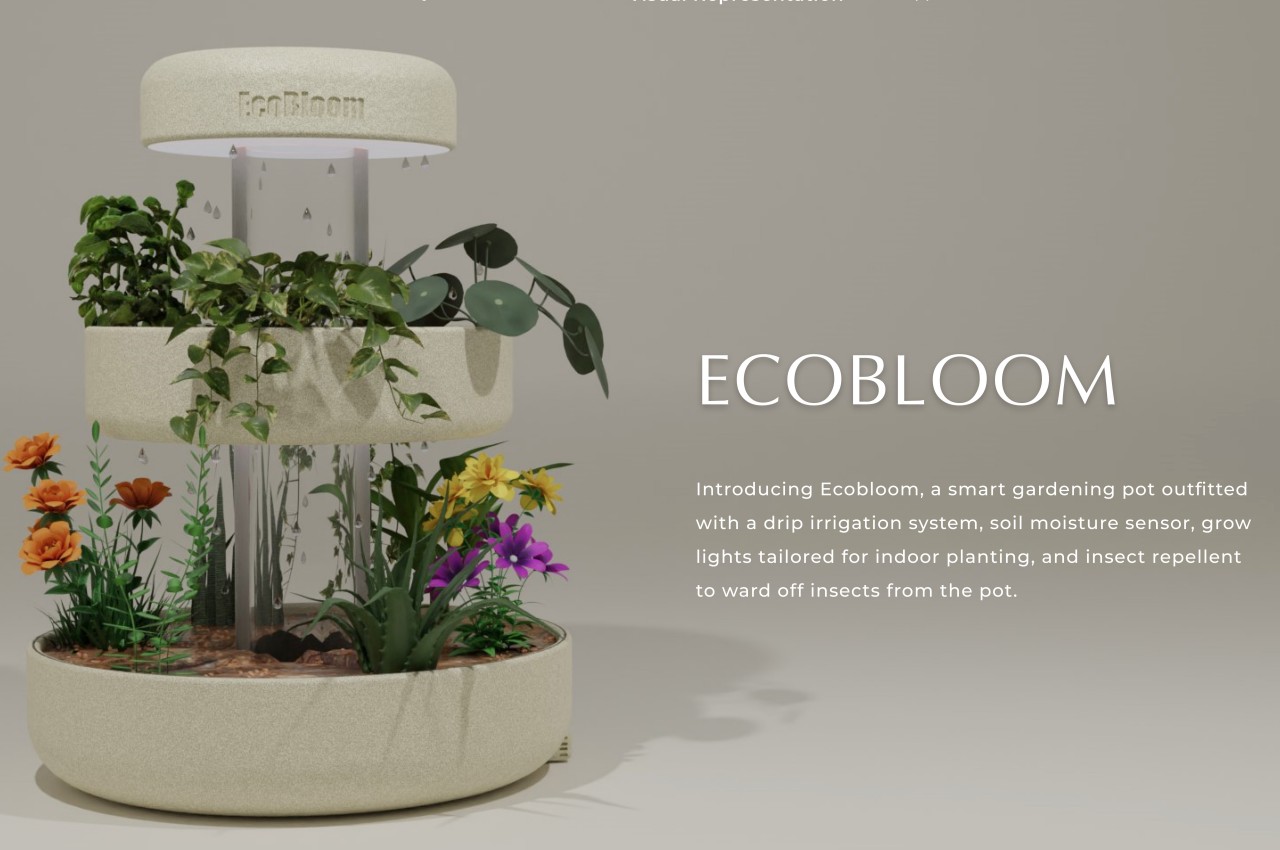

Ecobloom is a concept device that tries to take the drudgery out of this painstaking and laborious process. Almost all parts of that process are automated; all you really need to do is plant the greens and make sure the water tank at the top is filled. You don’t have to do guesswork on when it’s the right time to water the plants thanks to soil moisture sensors that determine the perfect moment for you. Drippers also make sure the plants don’t suddenly get drowned by dispensing the right amount of water as needed. And, of course, there are artificial “grow lights” that save you the trouble of having to put the pot out under the sun.
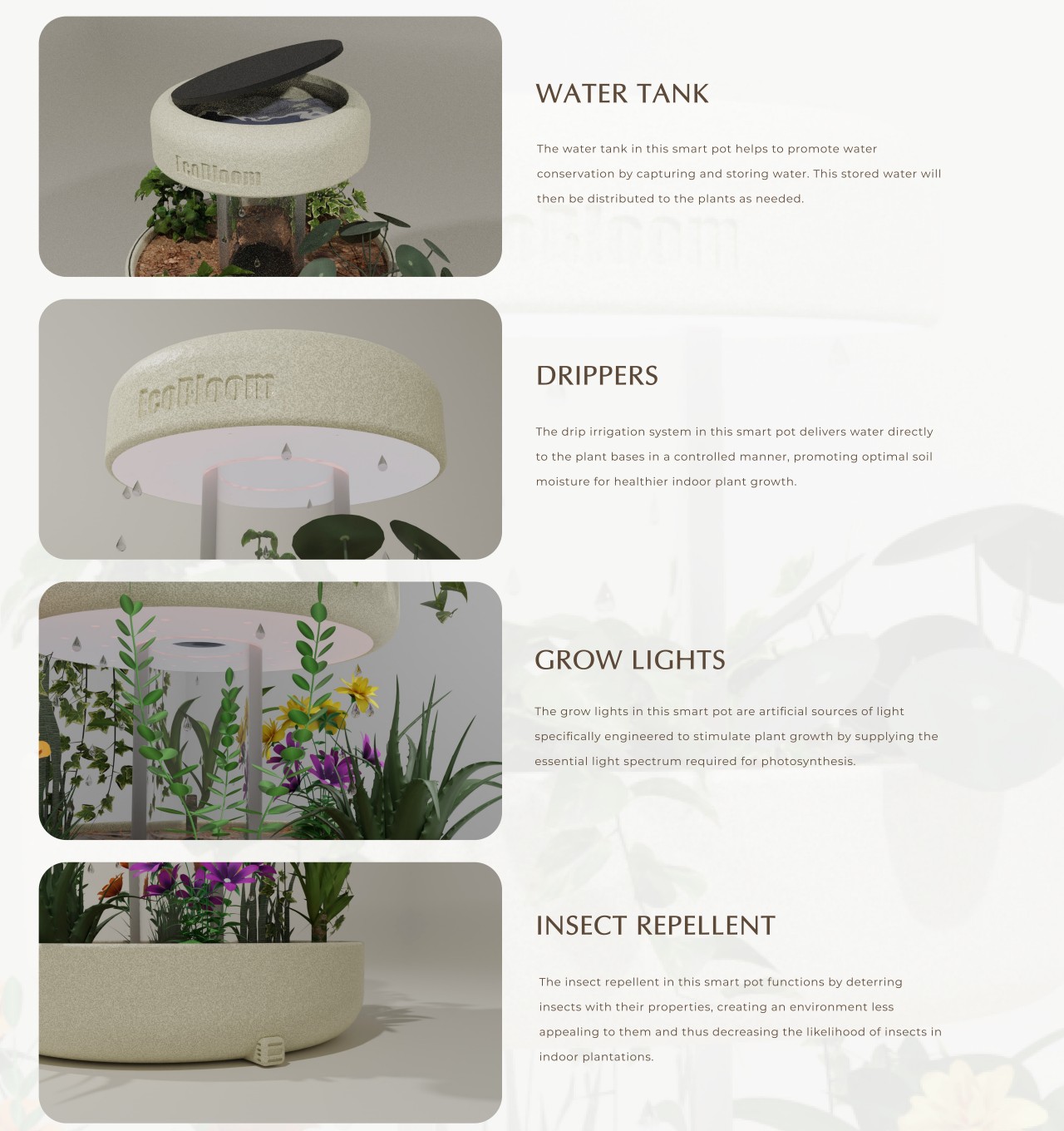
The smart gardening pot has an interesting function that you won’t always see in actual appliances. It is noted to have a built-in insect repellent to keep those pests away and protect your plants. The concept doesn’t exactly detail how this function works, but one can presume it will be using safe and scientifically tested methods that won’t harm humans and pets in the process.
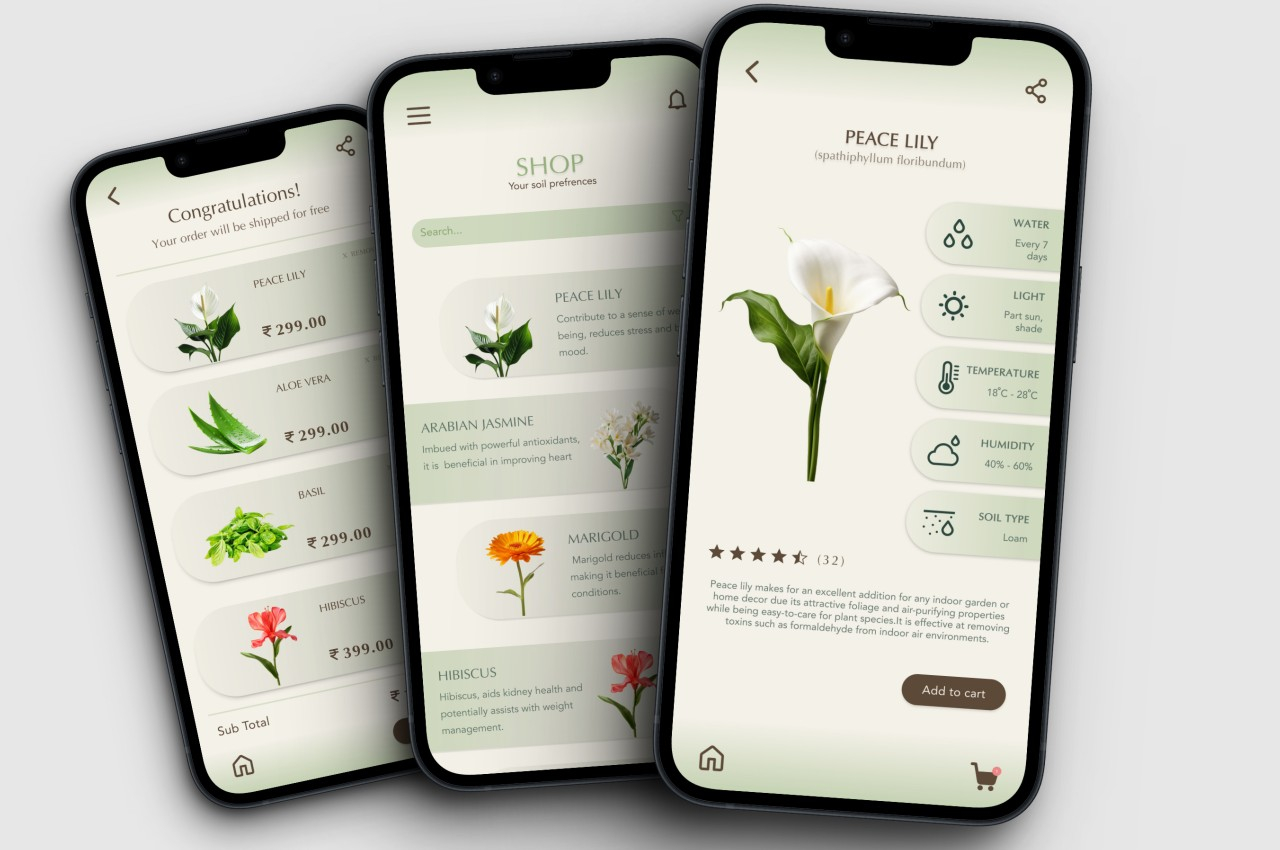
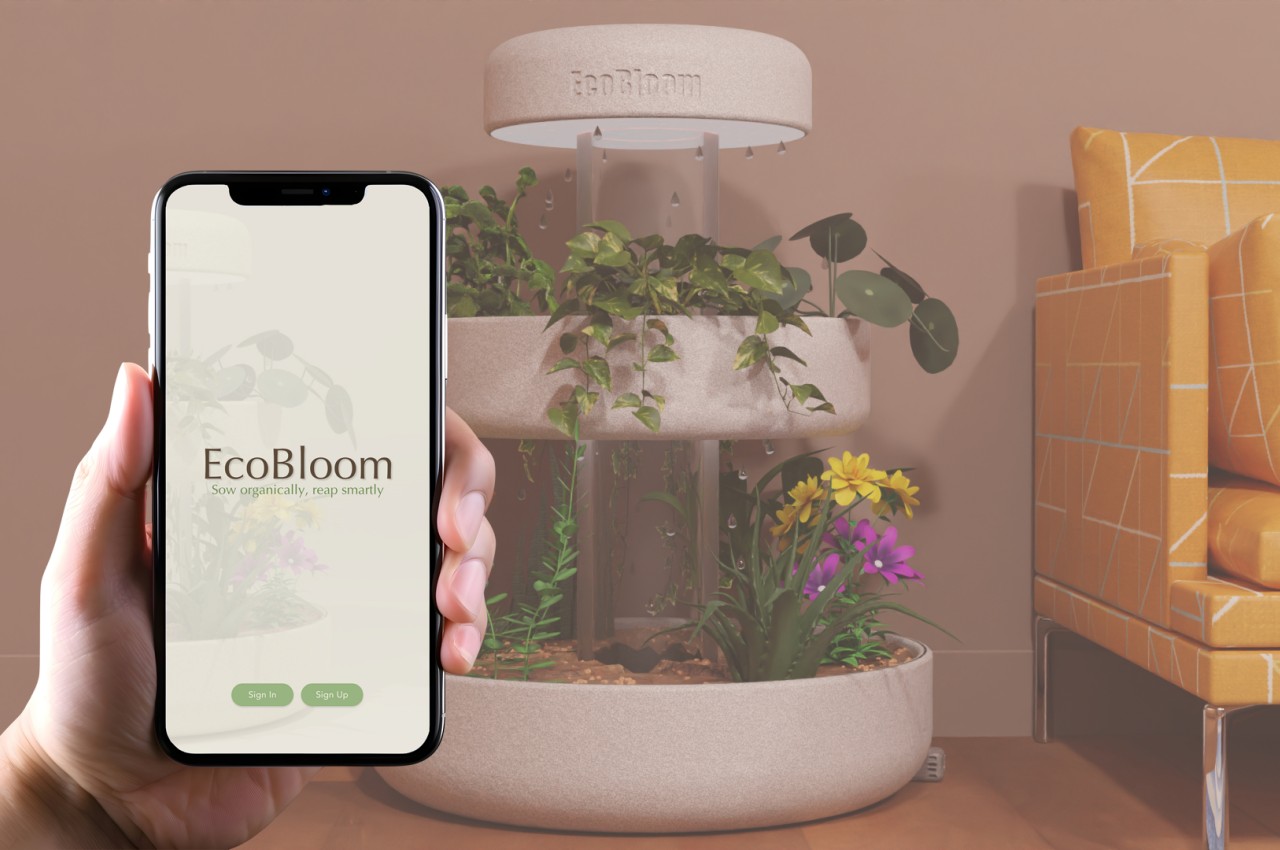
What makes Ecobloom really interesting is the form it comes in. It uses three concentric circles at different heights, with the topmost acting as the water tank. This gives the appliance a more pleasing appearance compared to just boxes or compartments. Ecobloom can thus be also used to decorate a space, giving as much enjoyment to the planting process as simply watching the plants grow.

The post Smart gardening pot concept makes growing plants indoors less stressful first appeared on Yanko Design.
